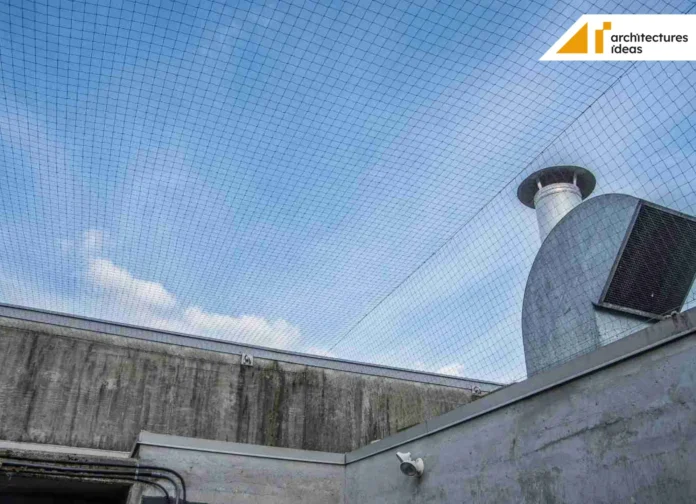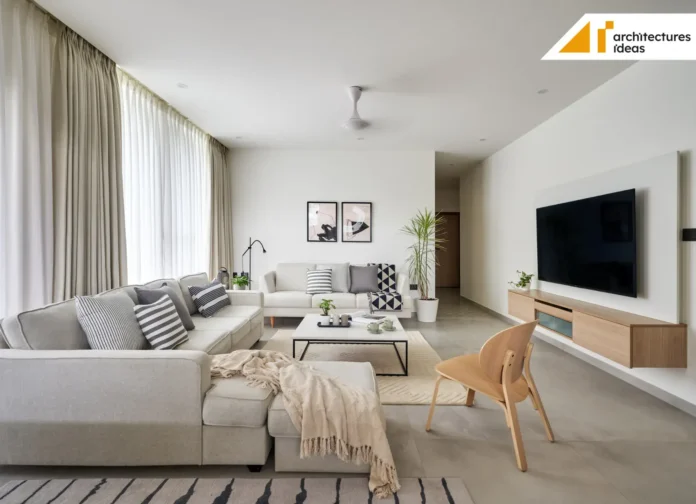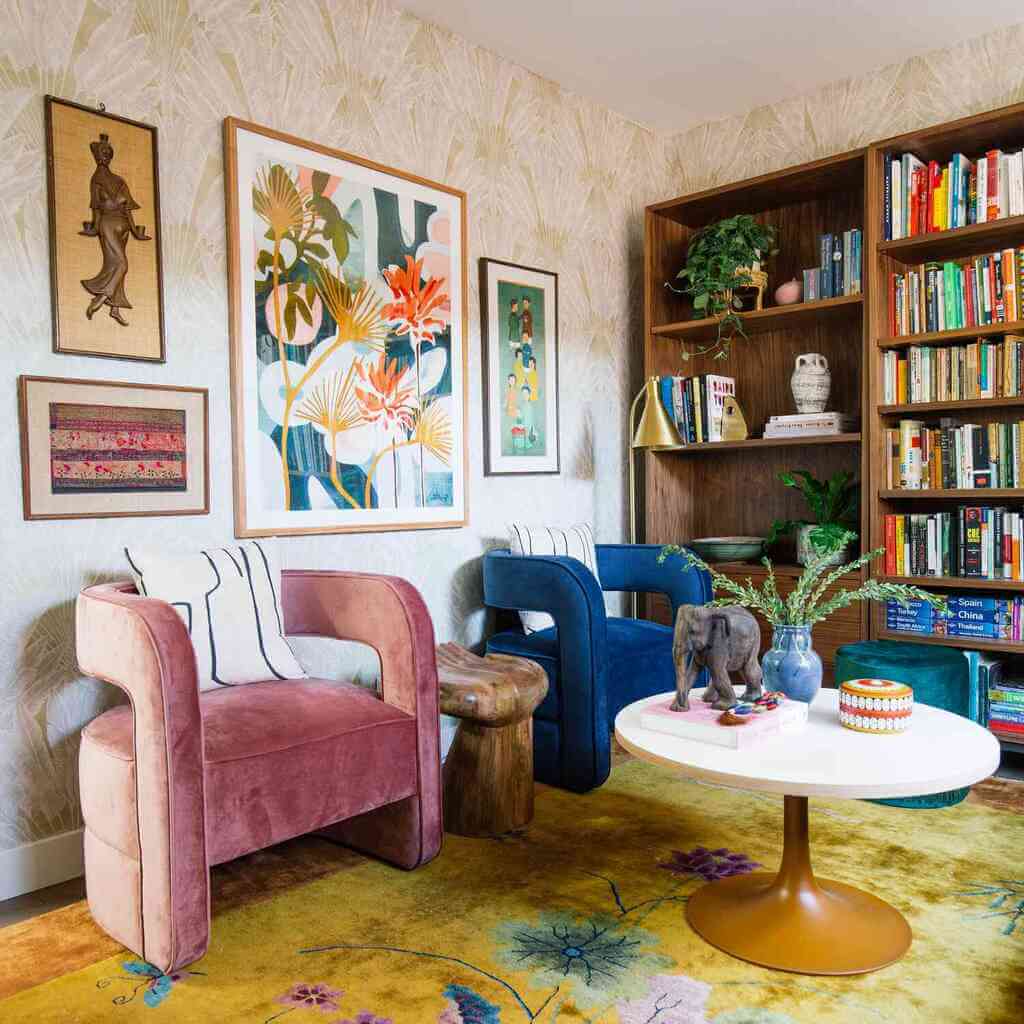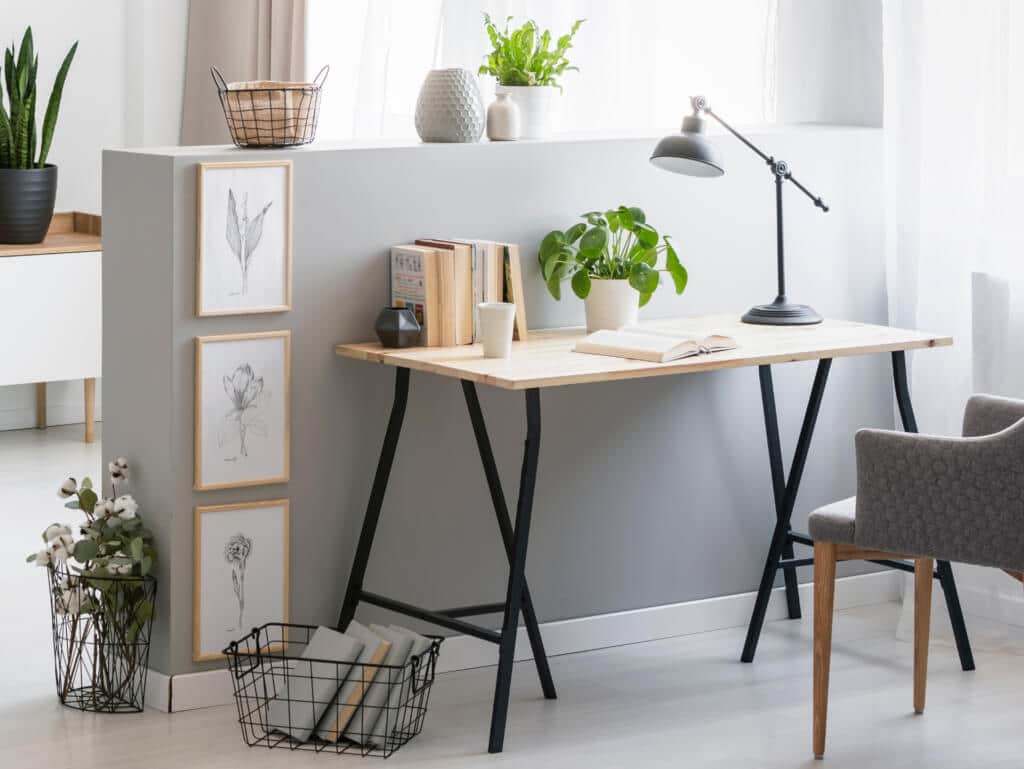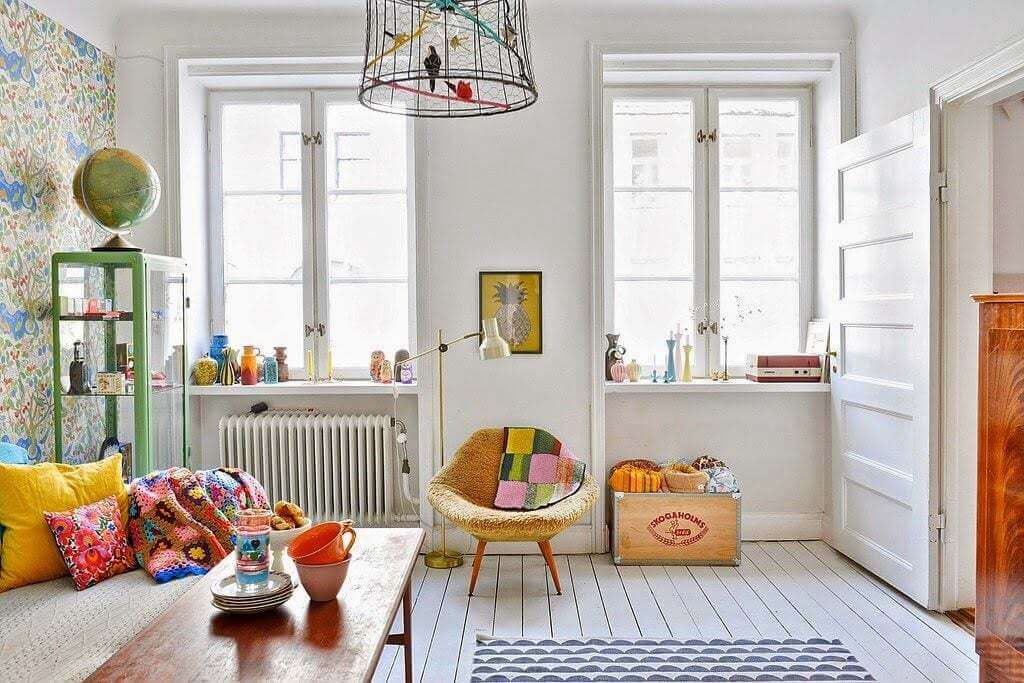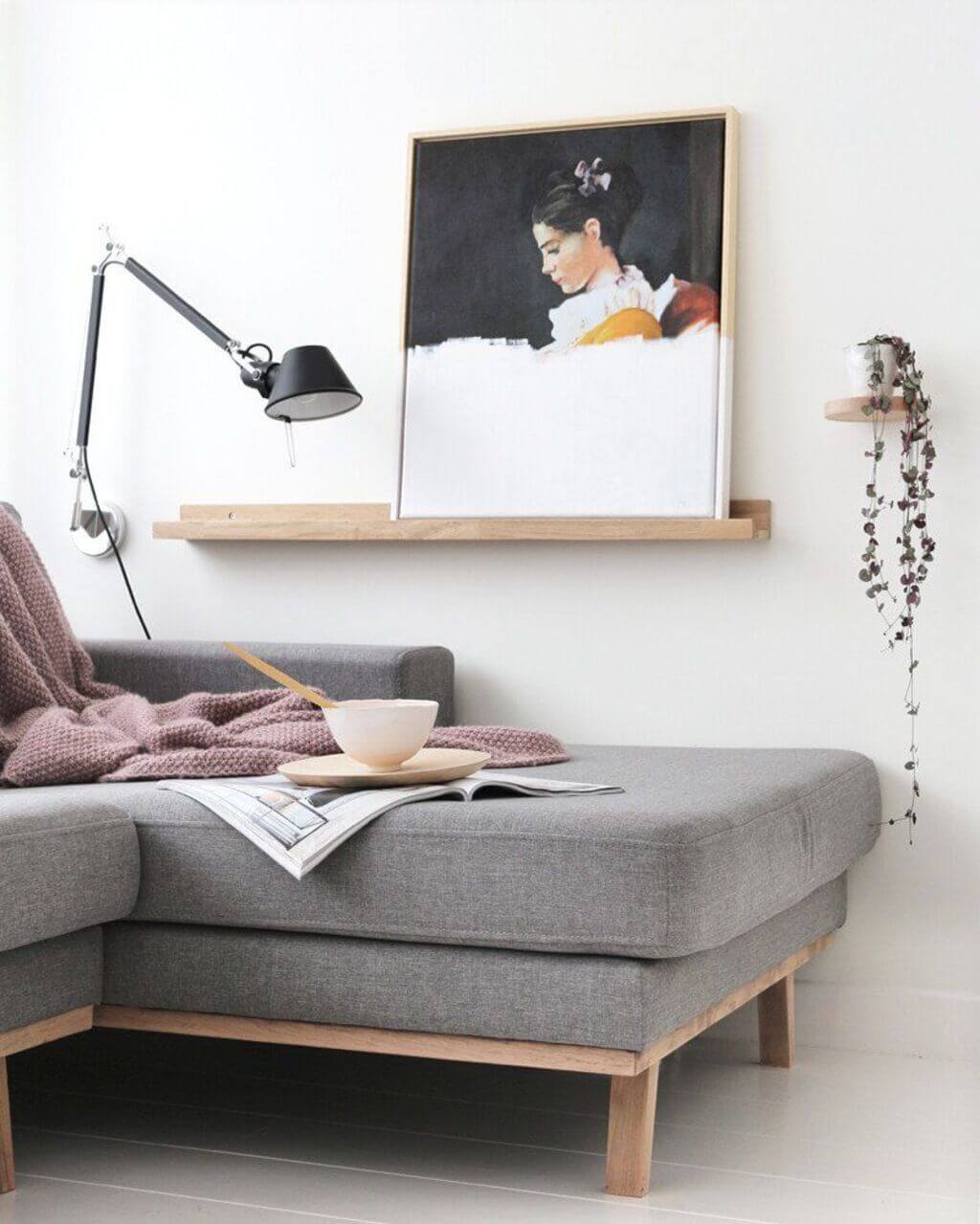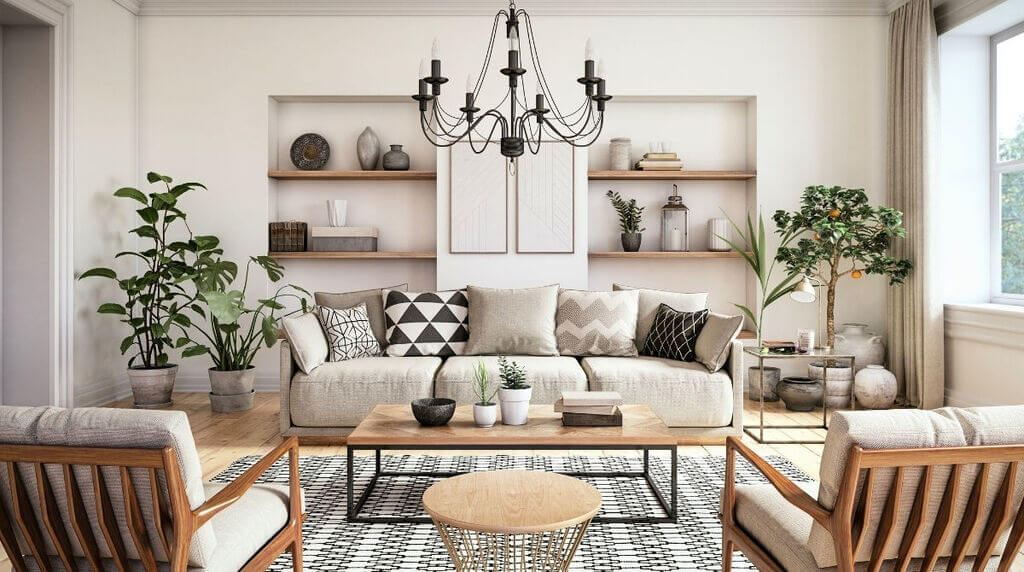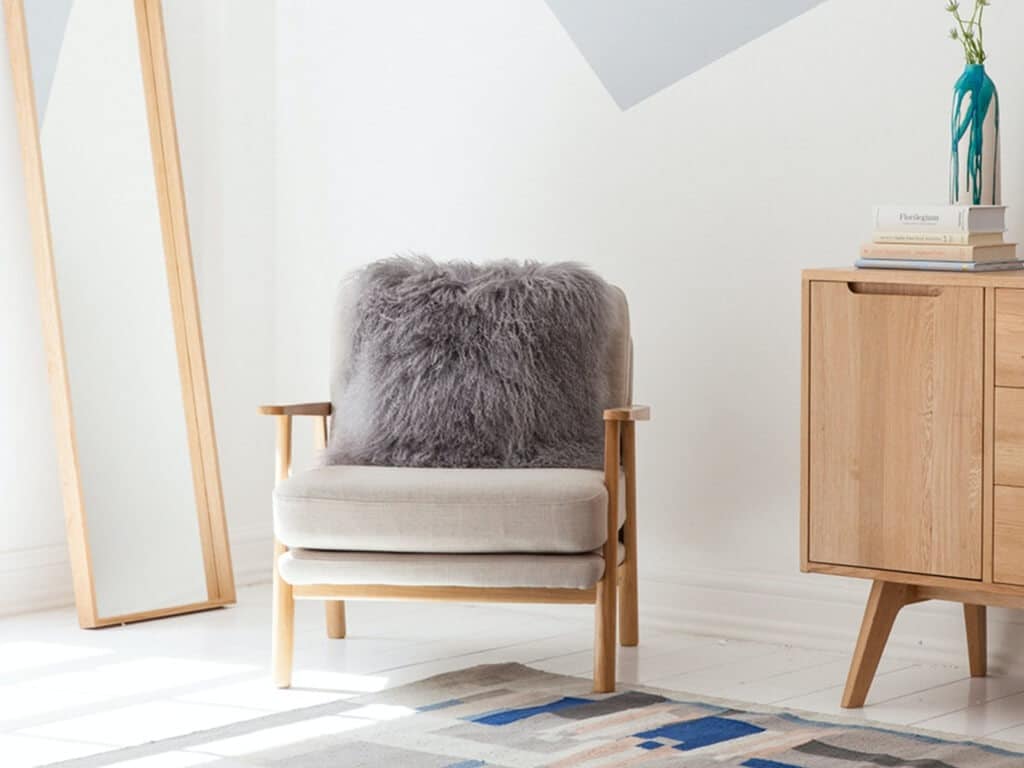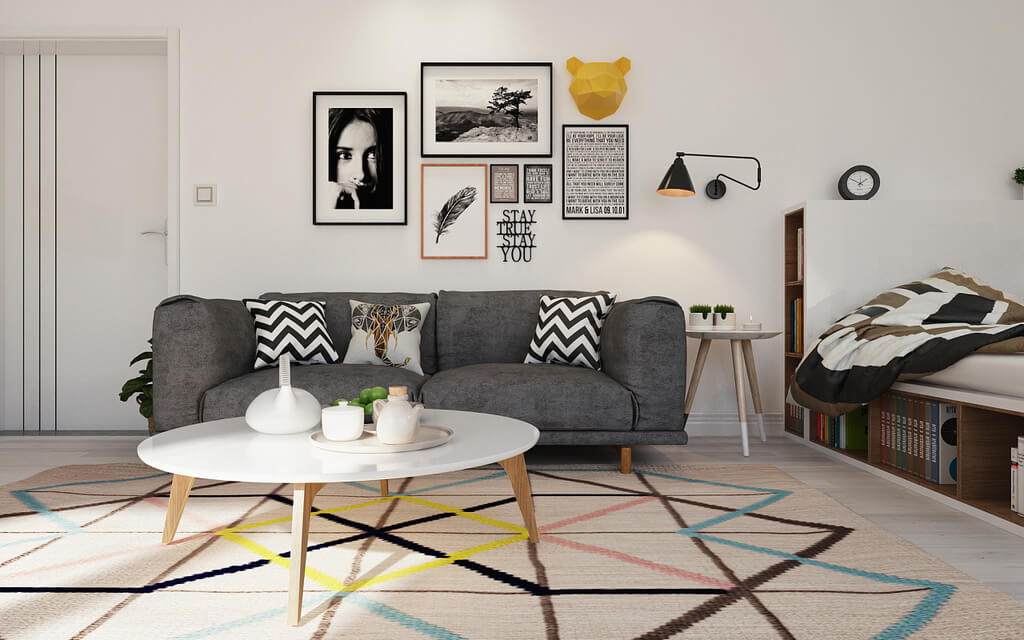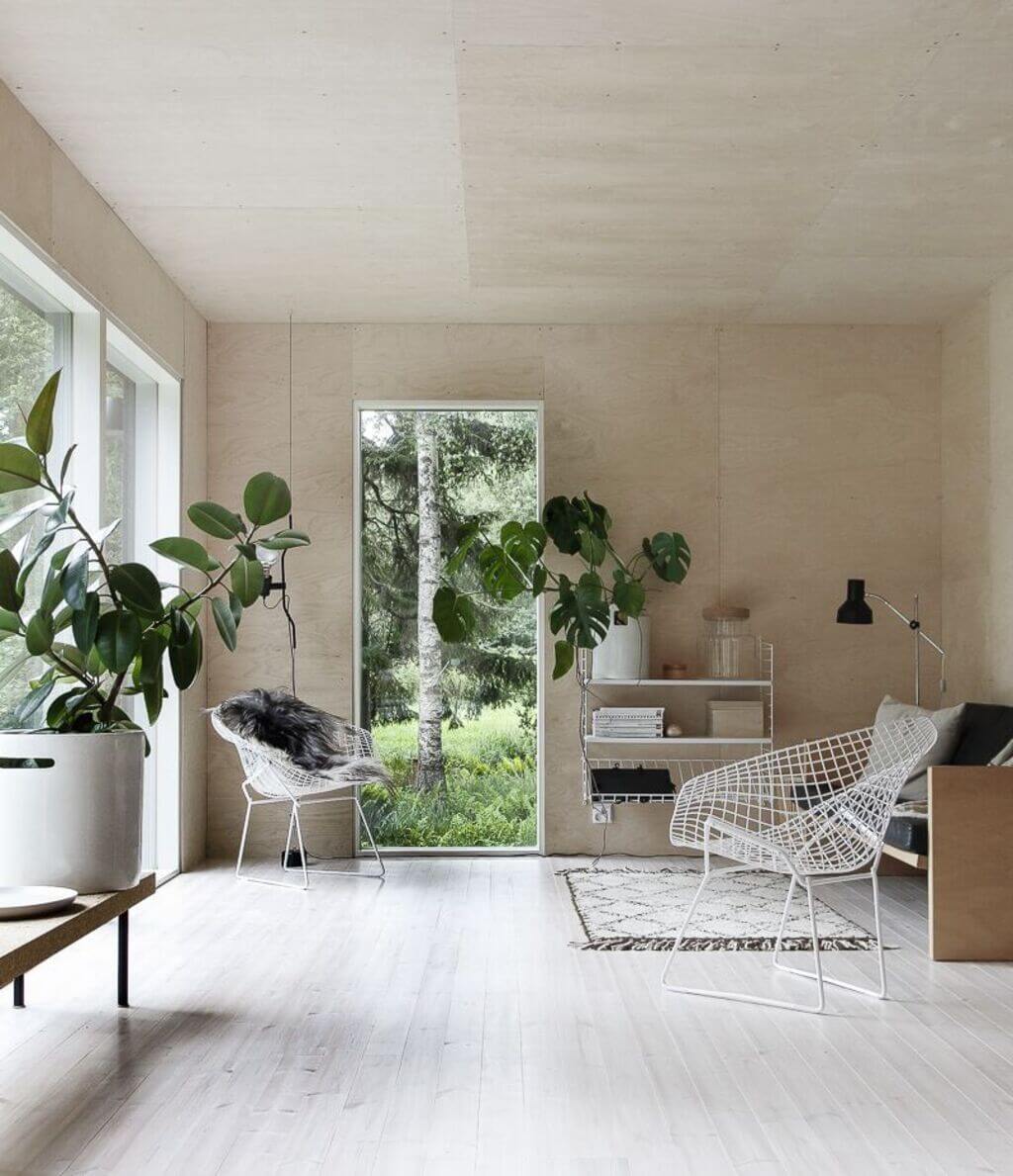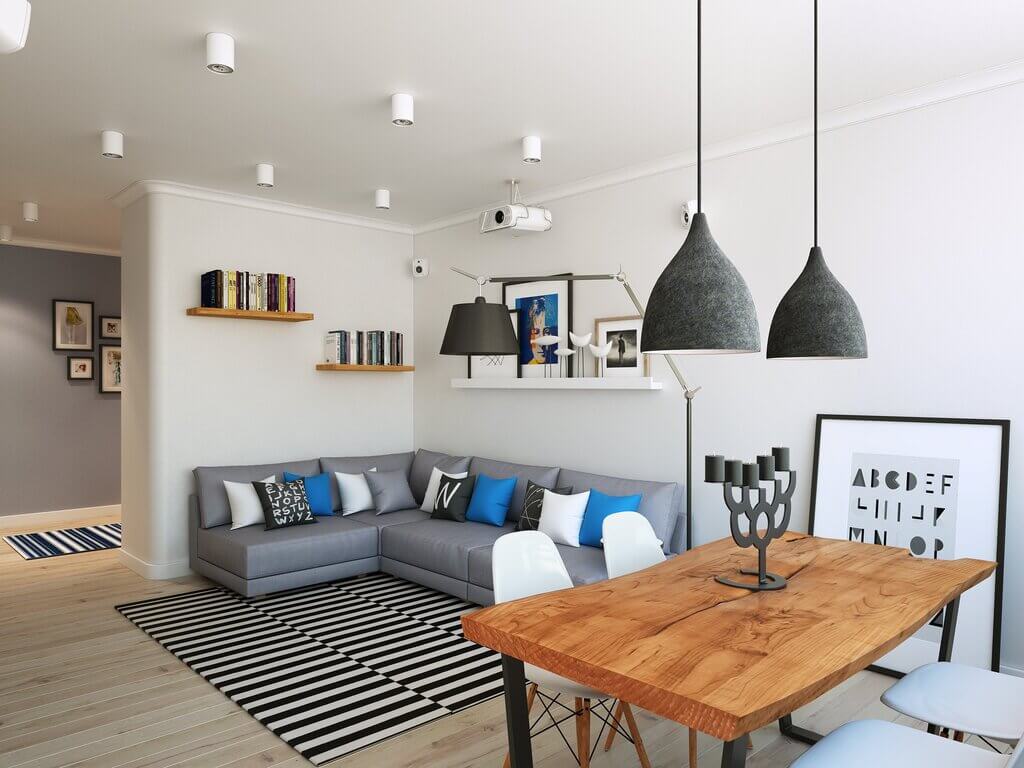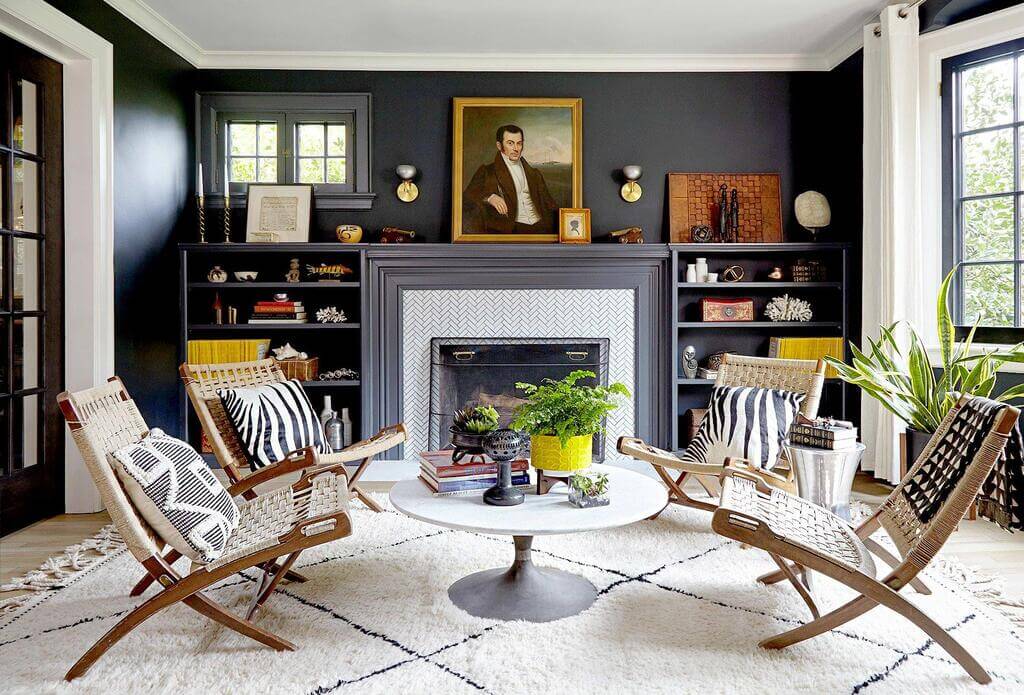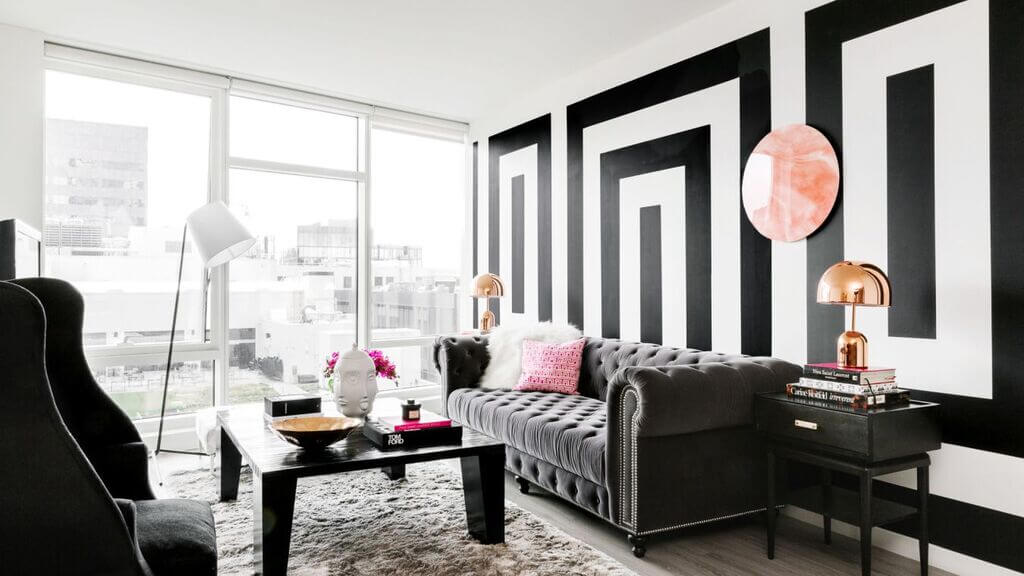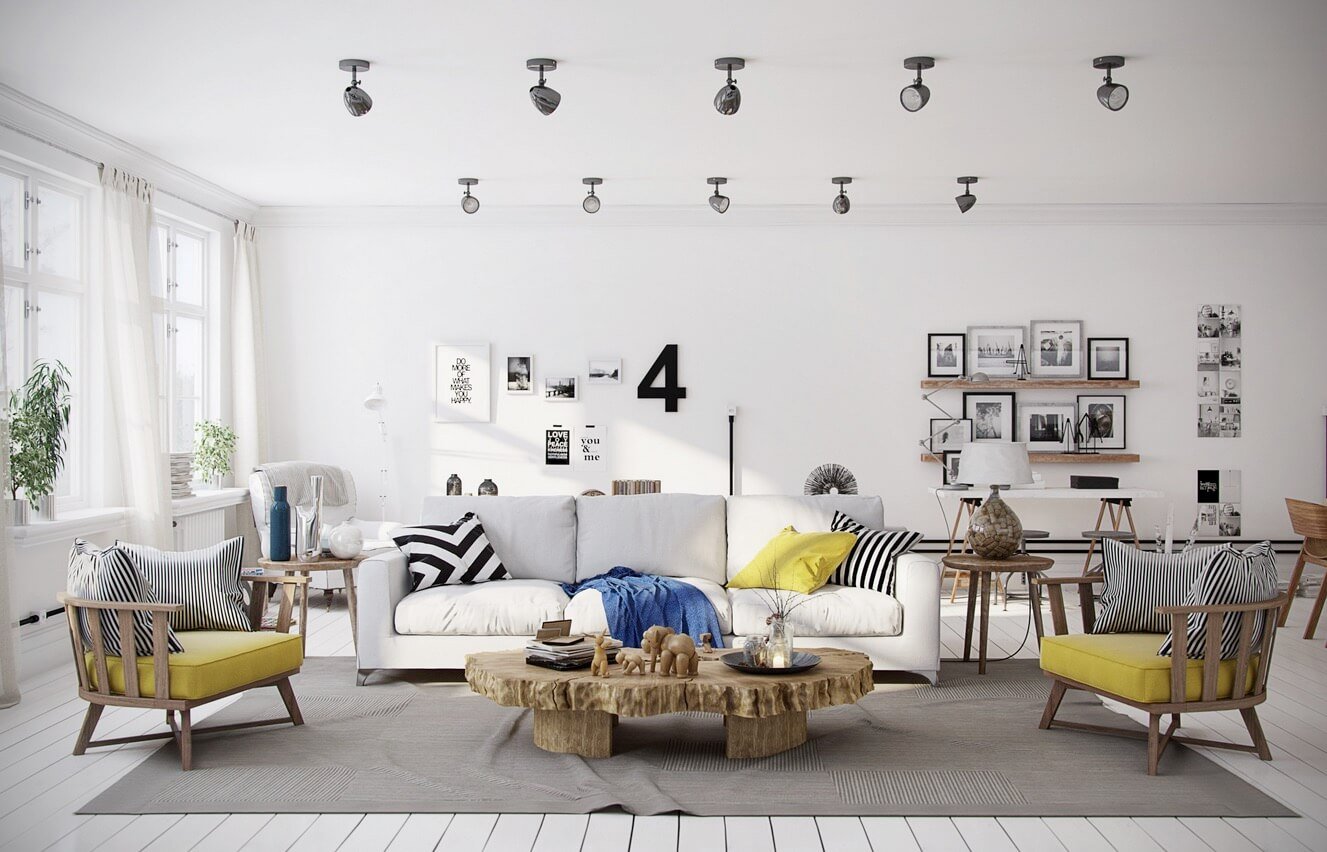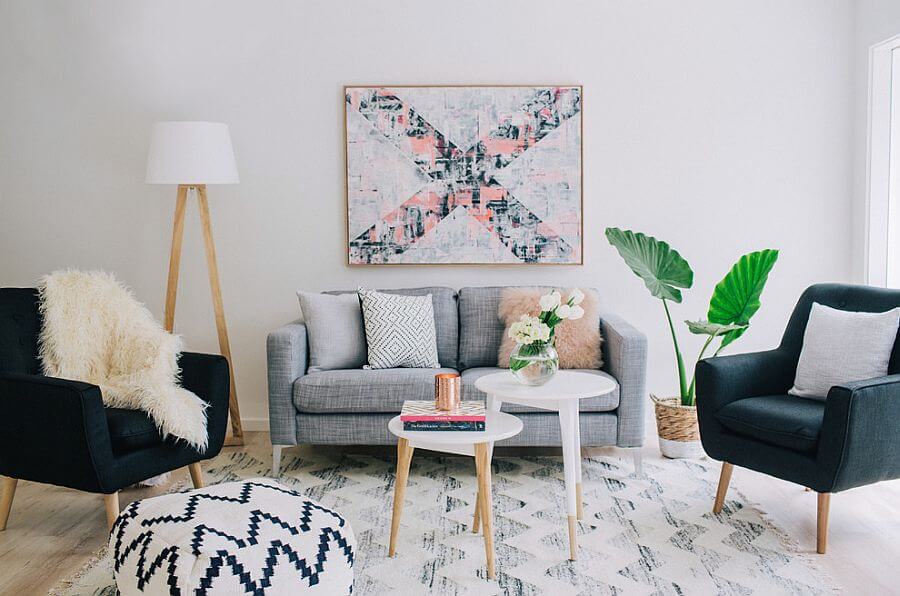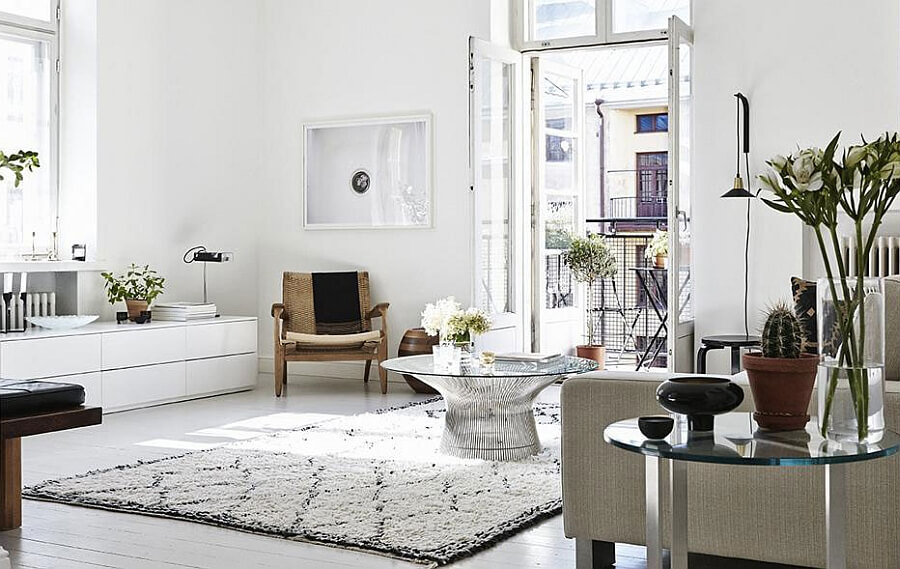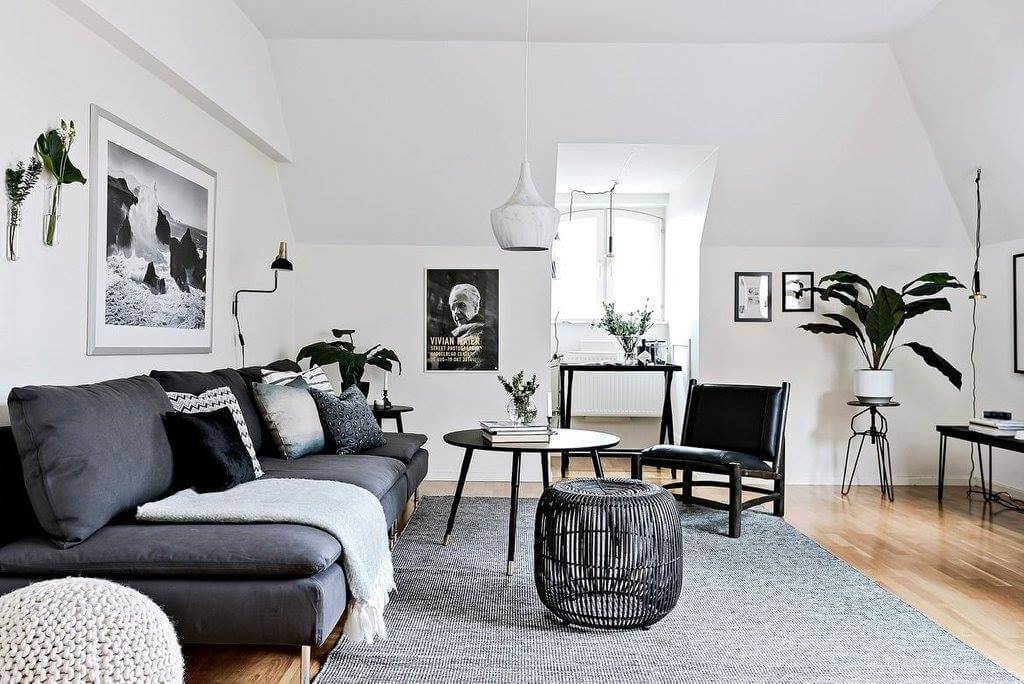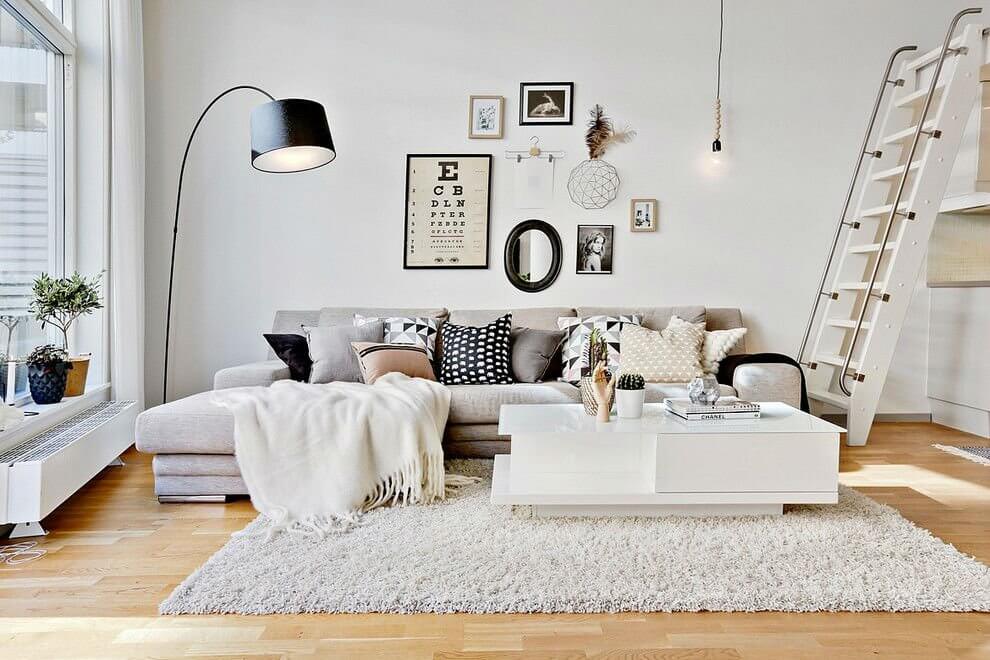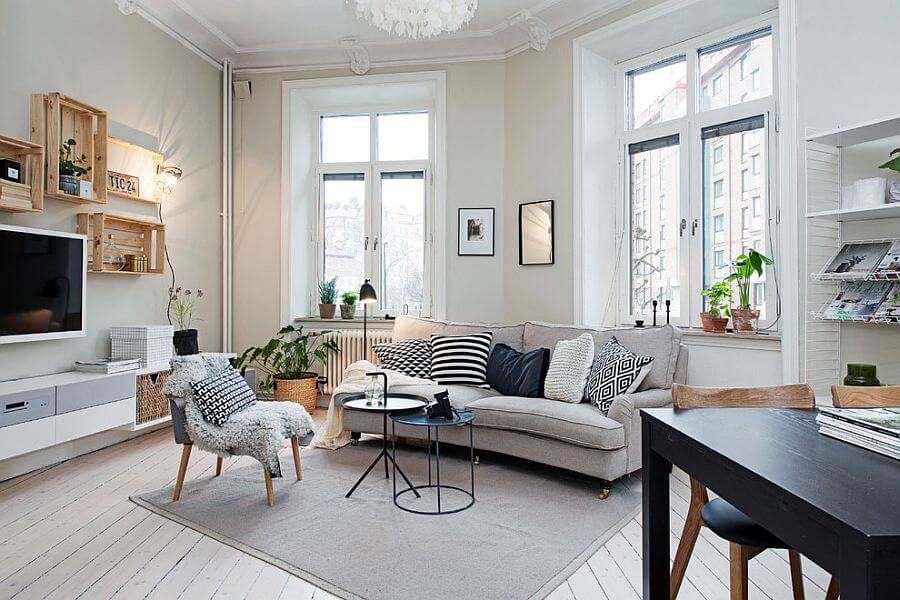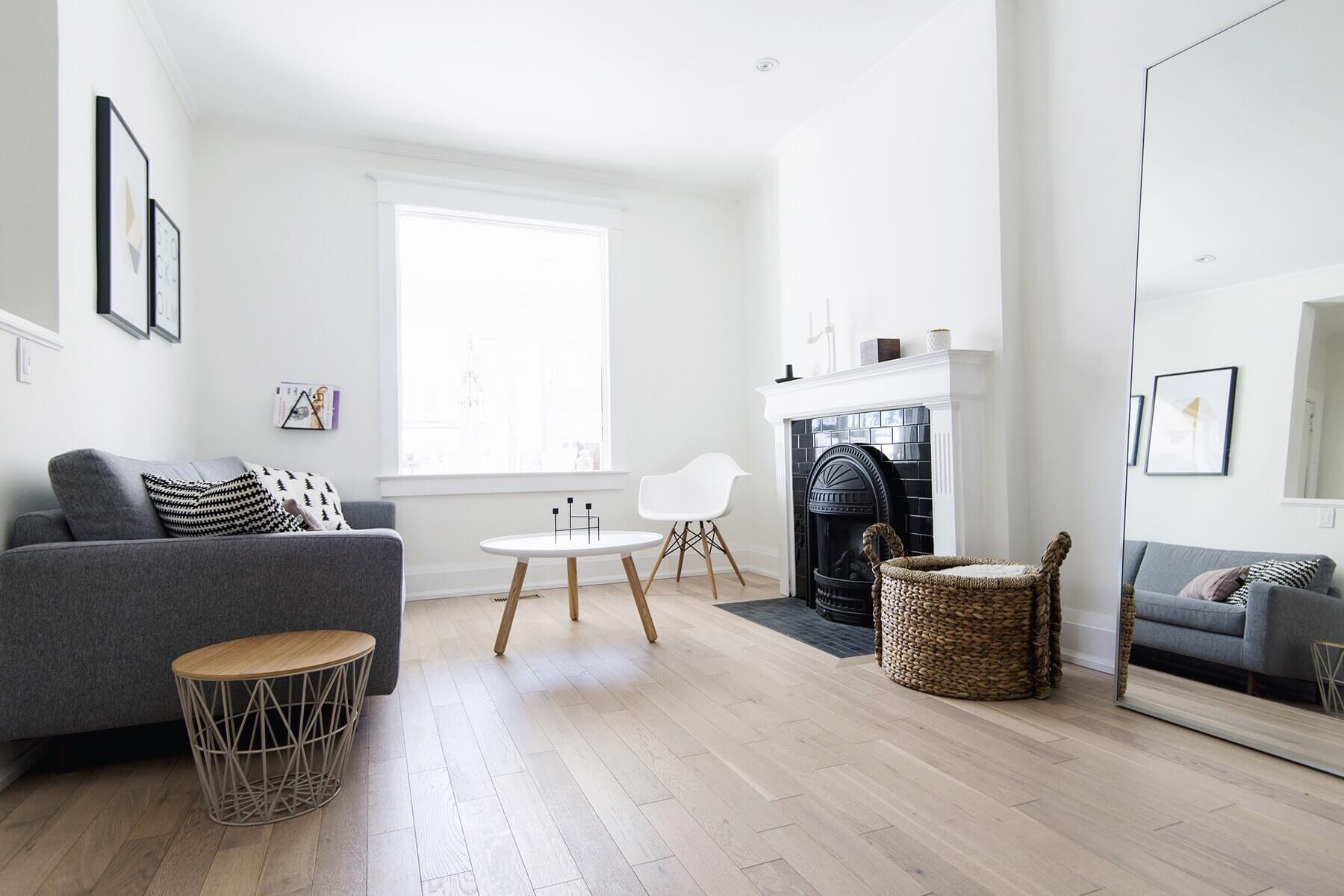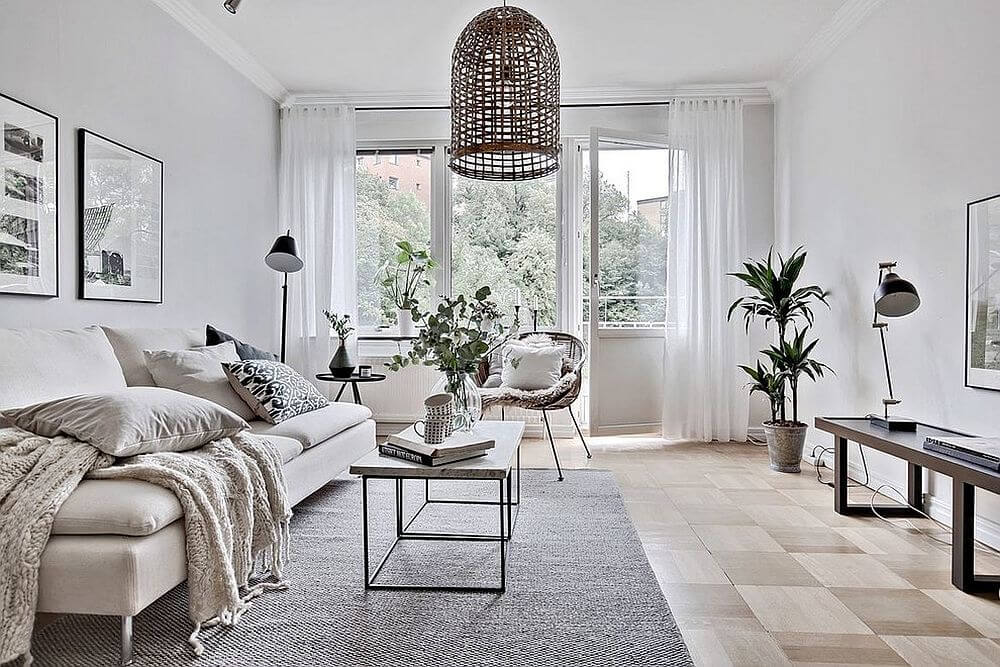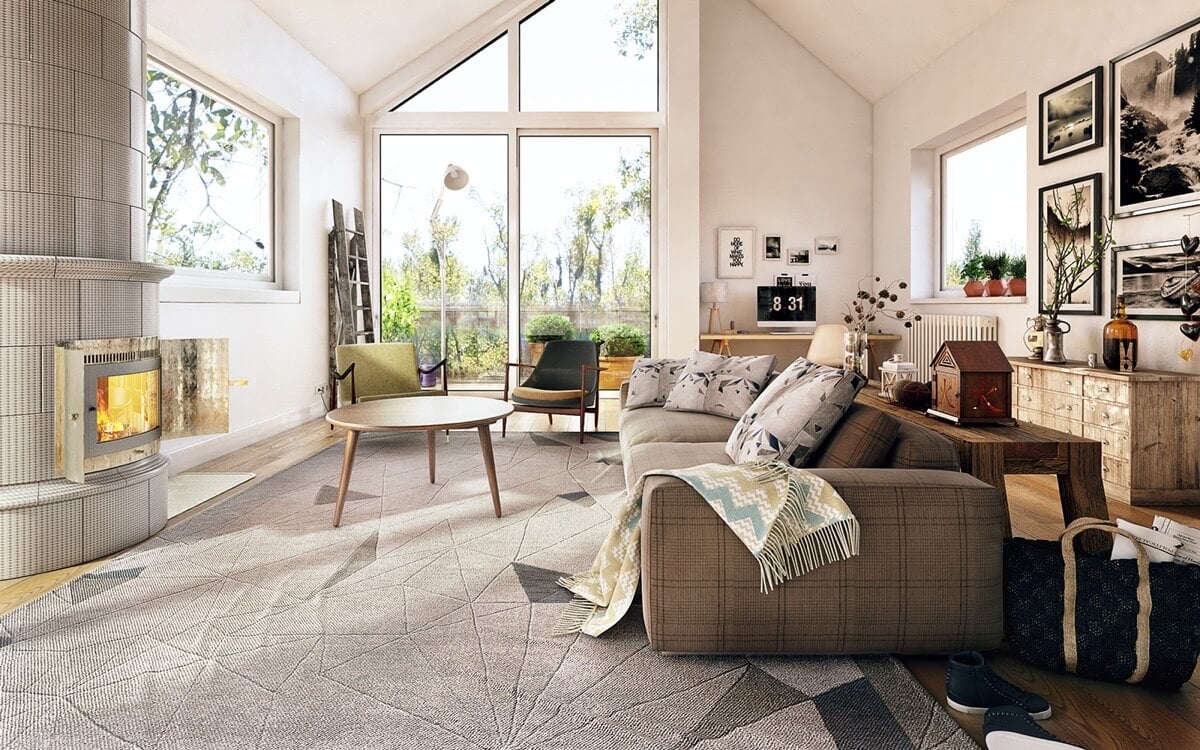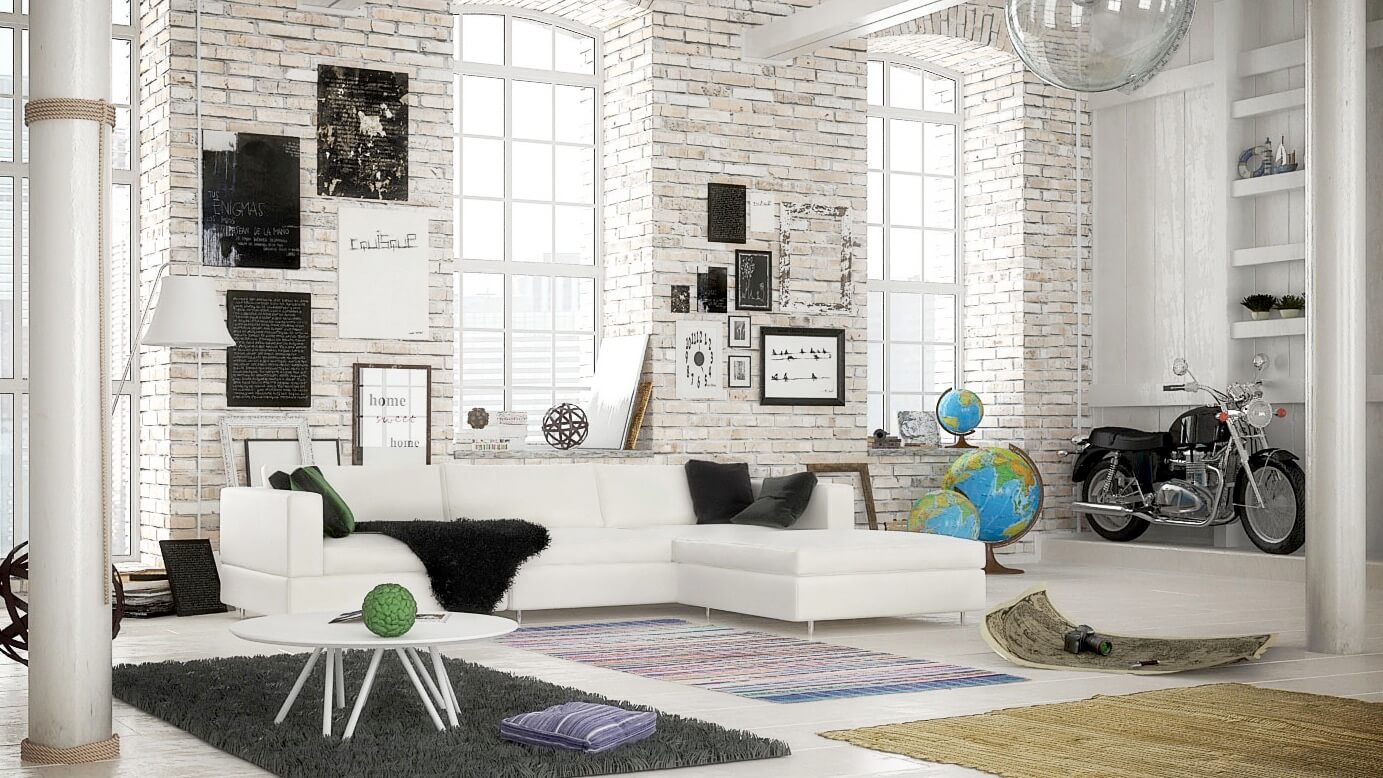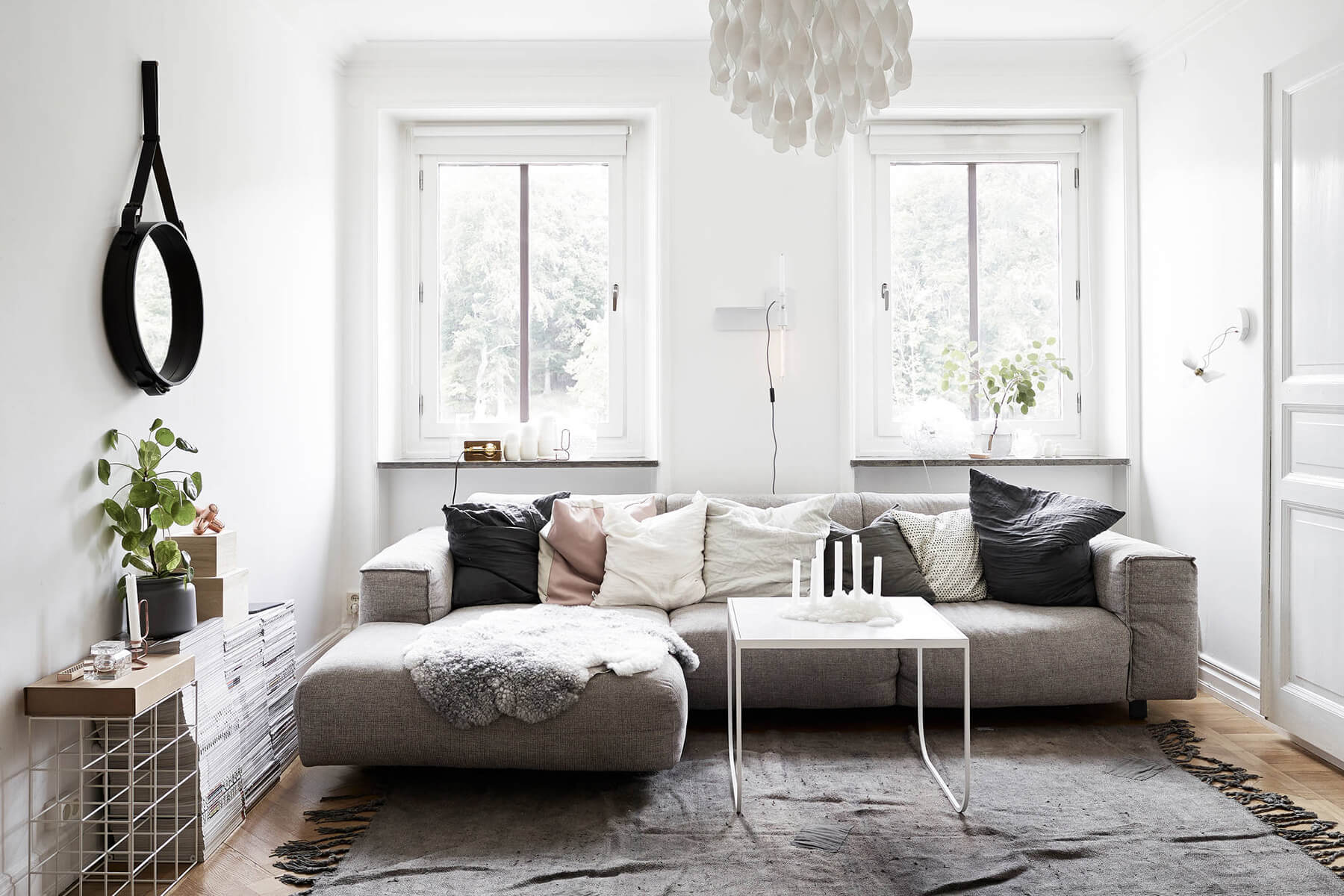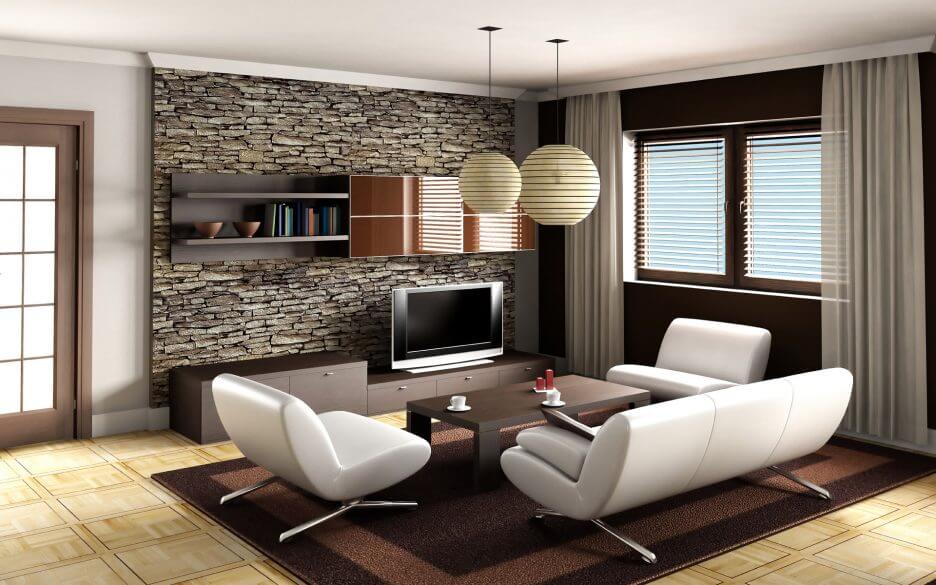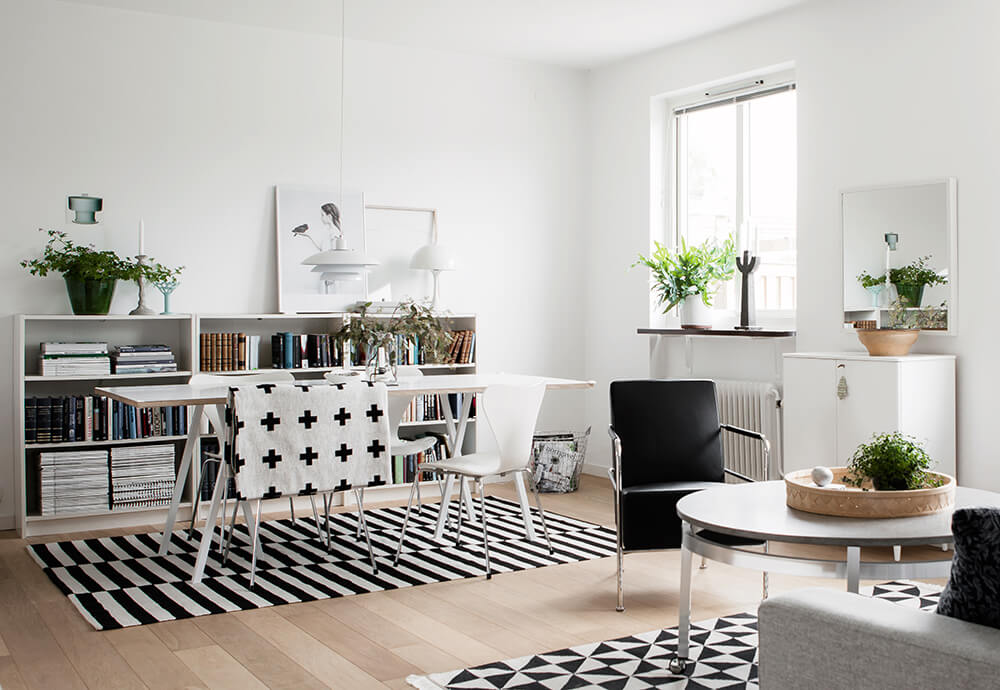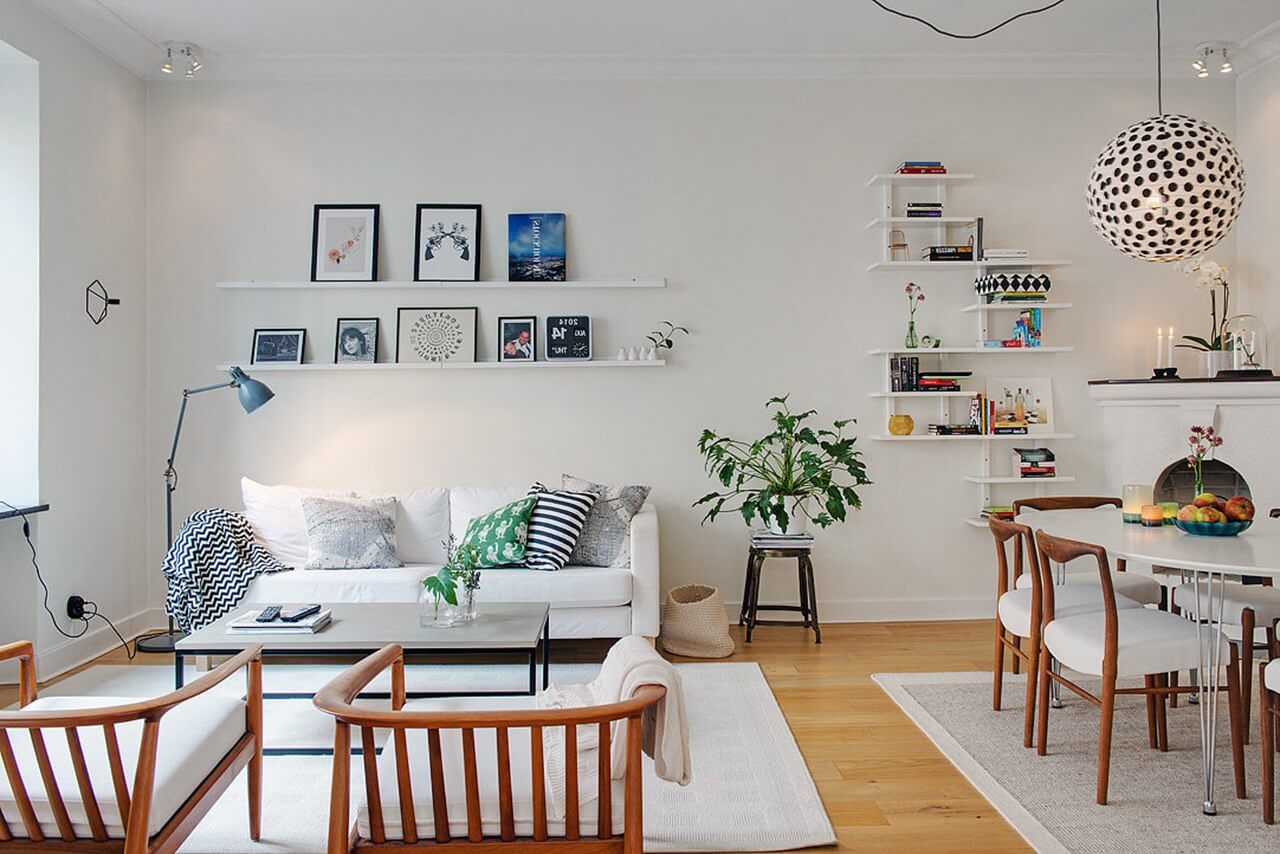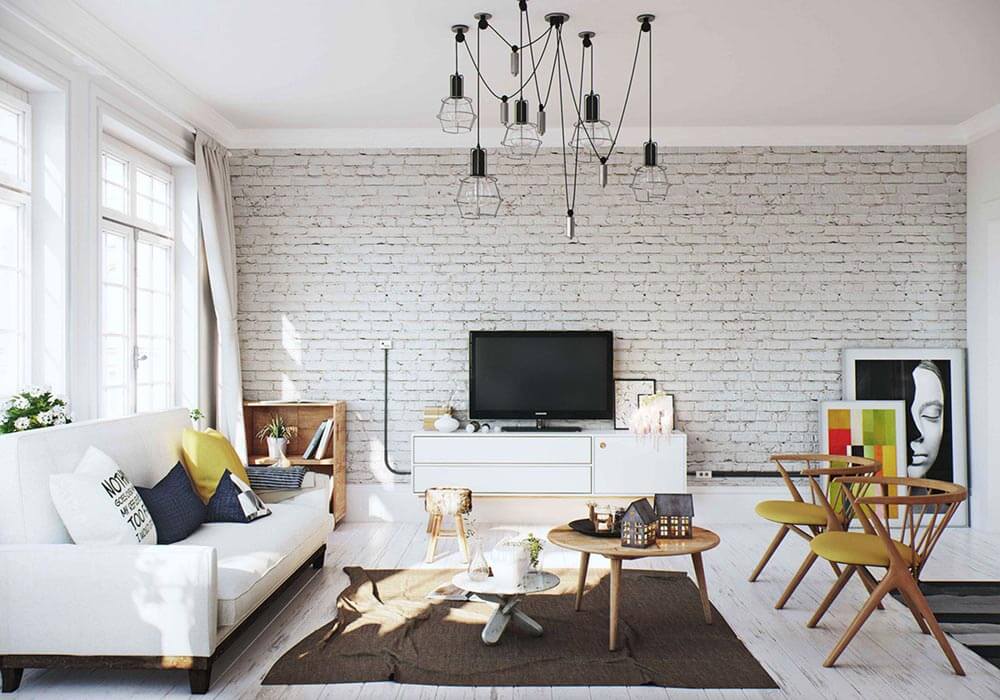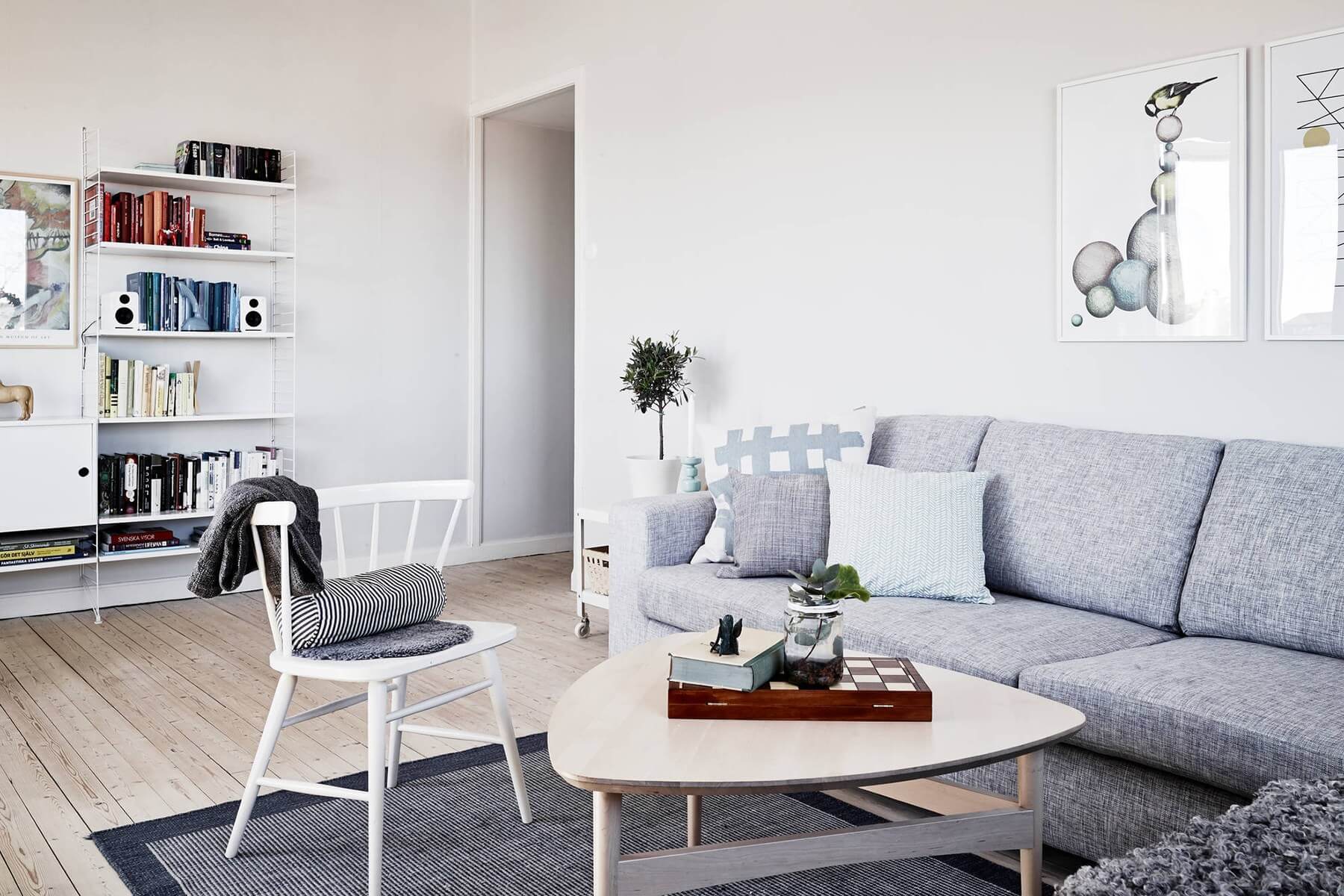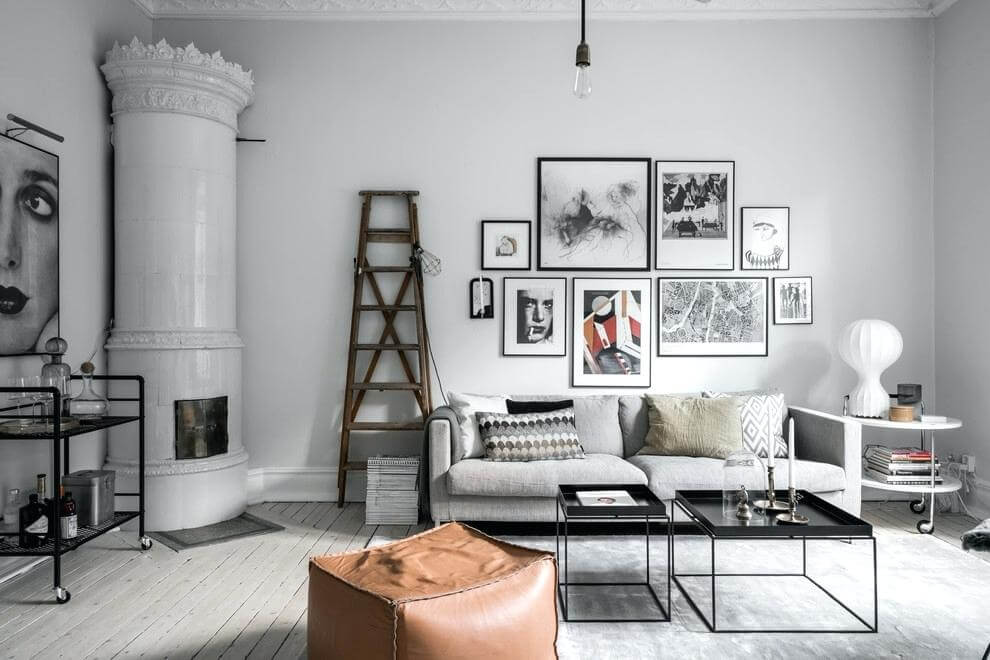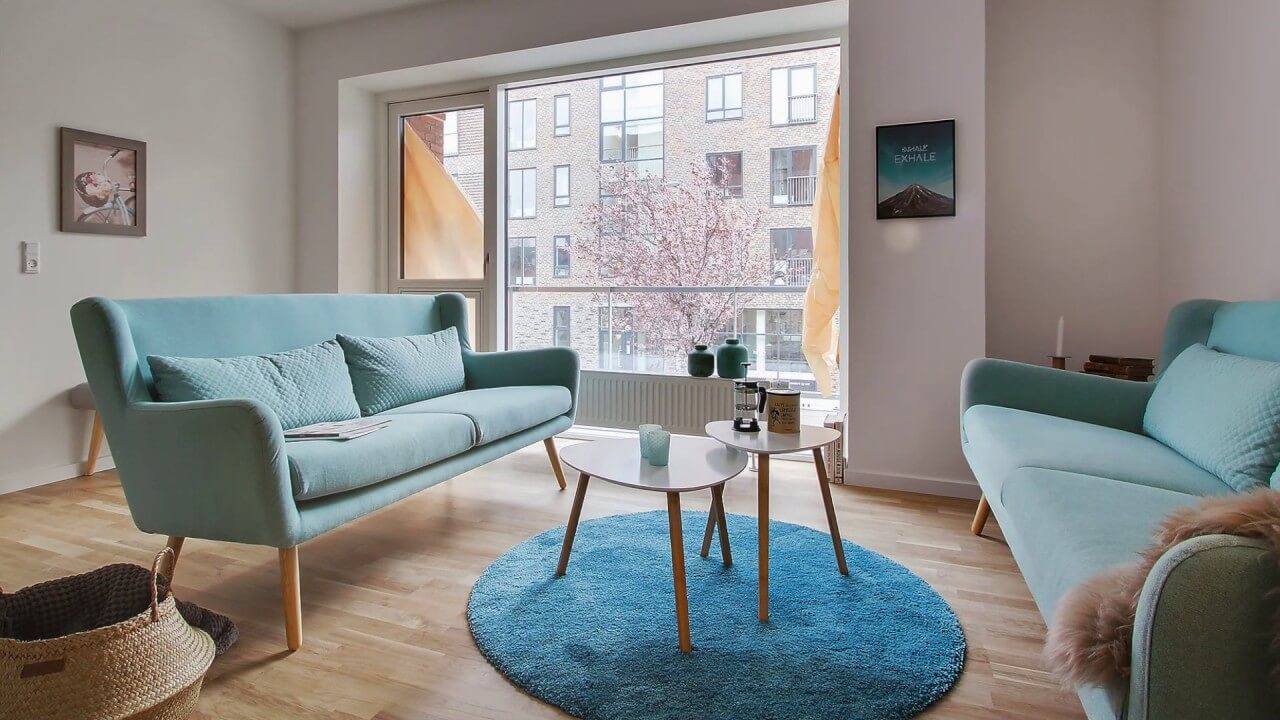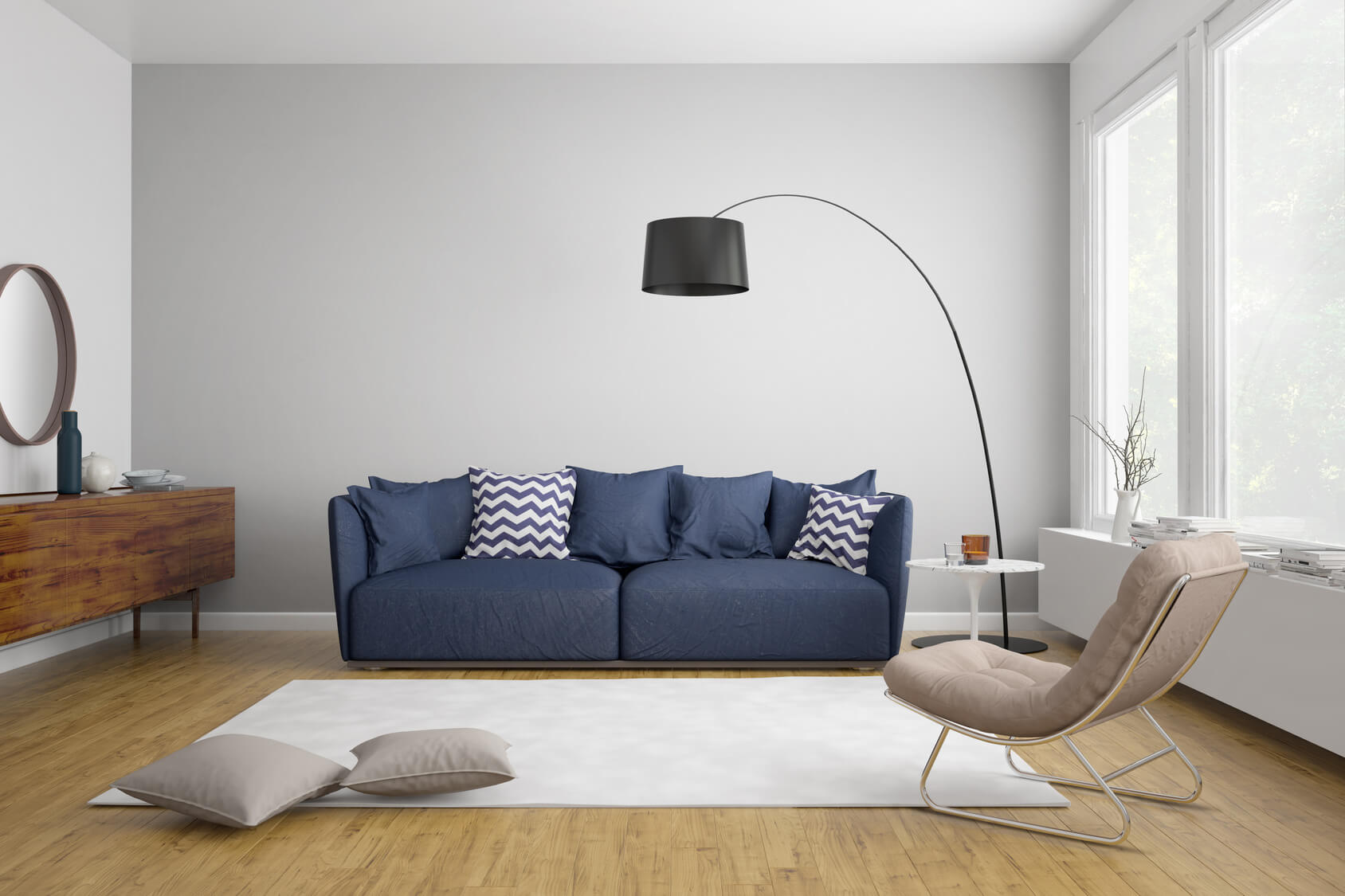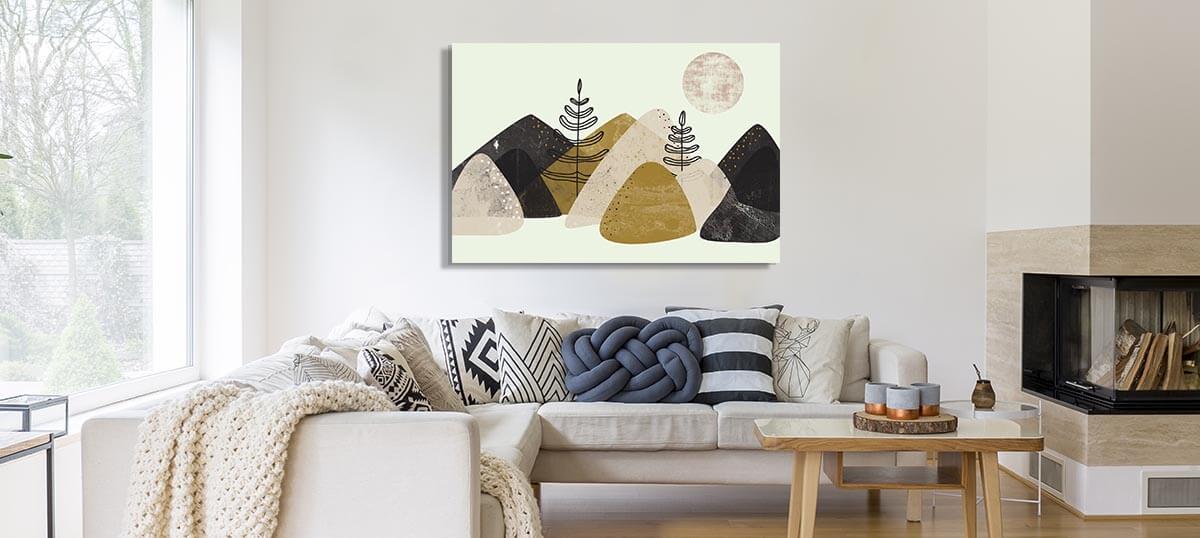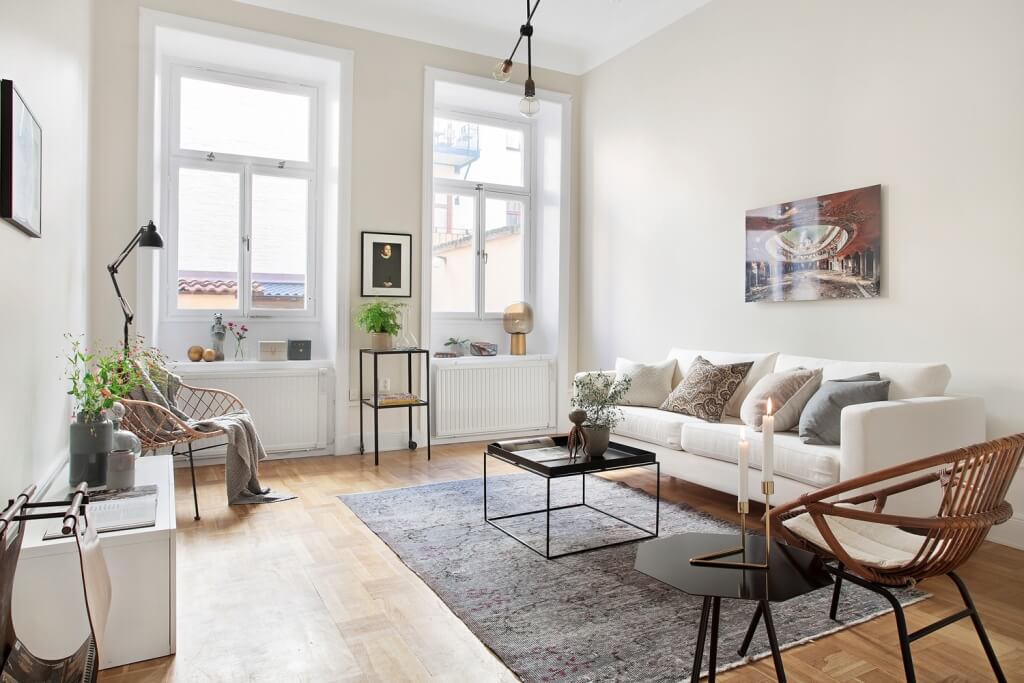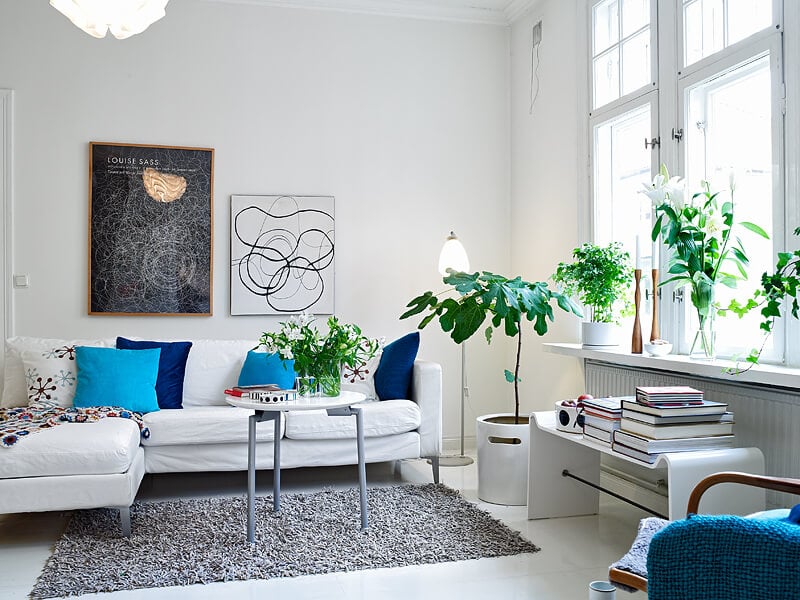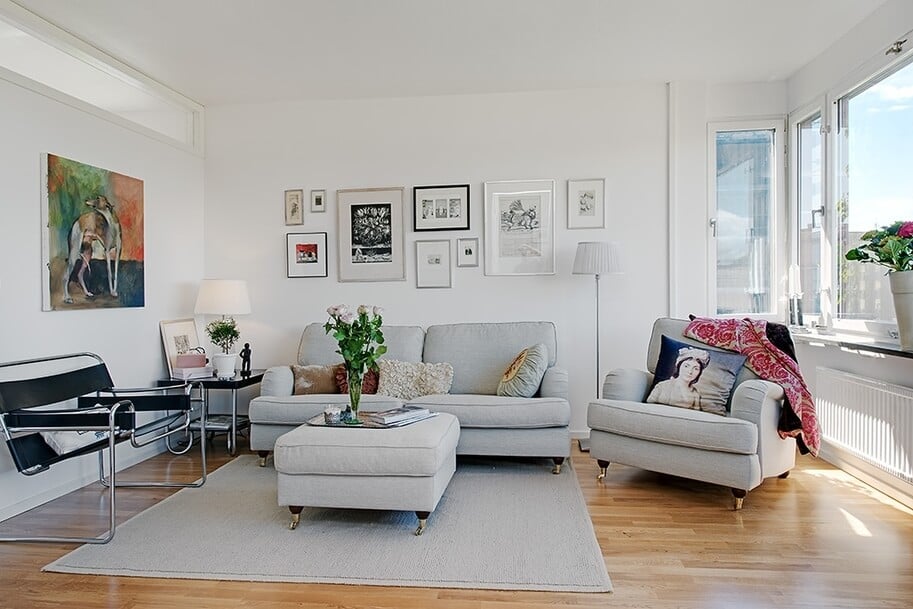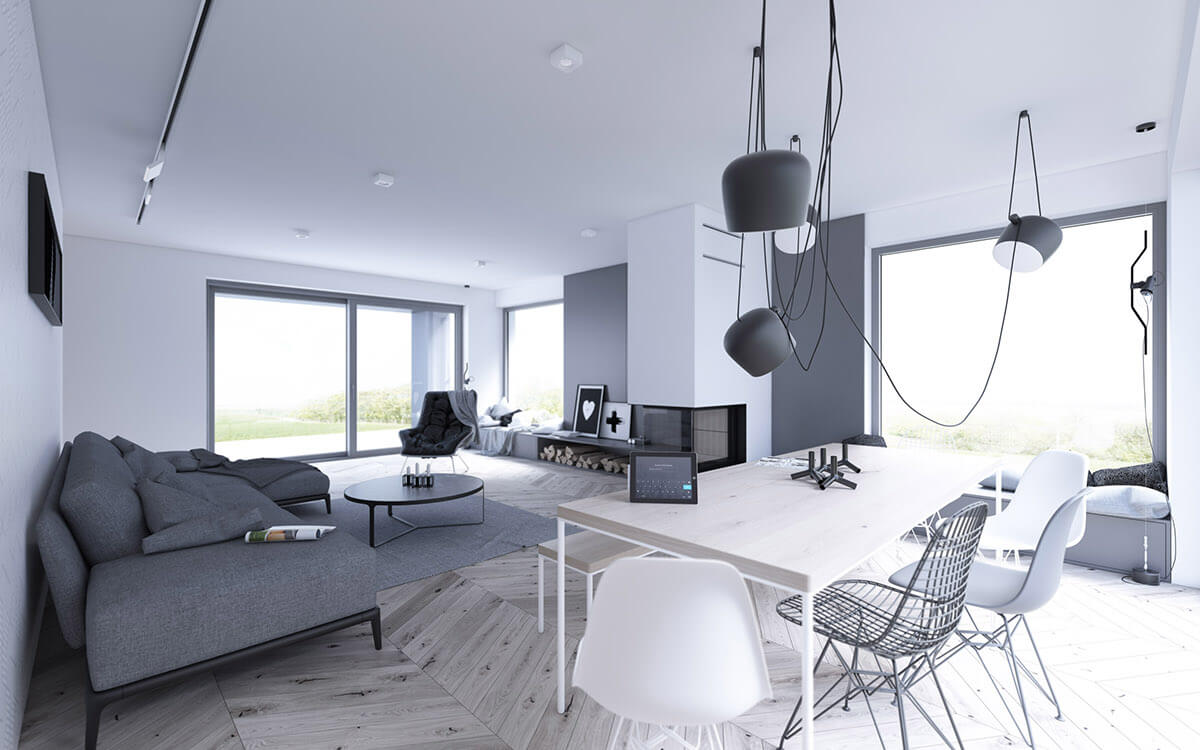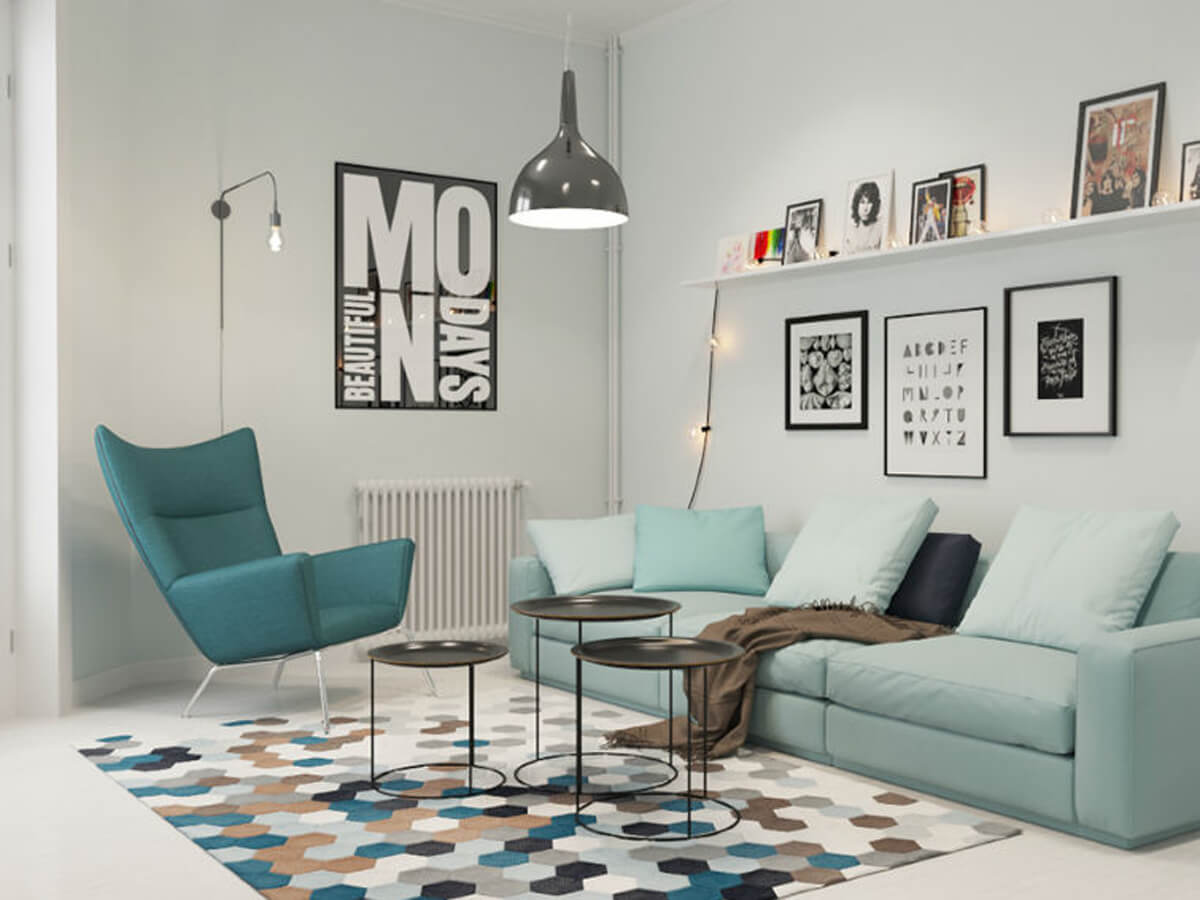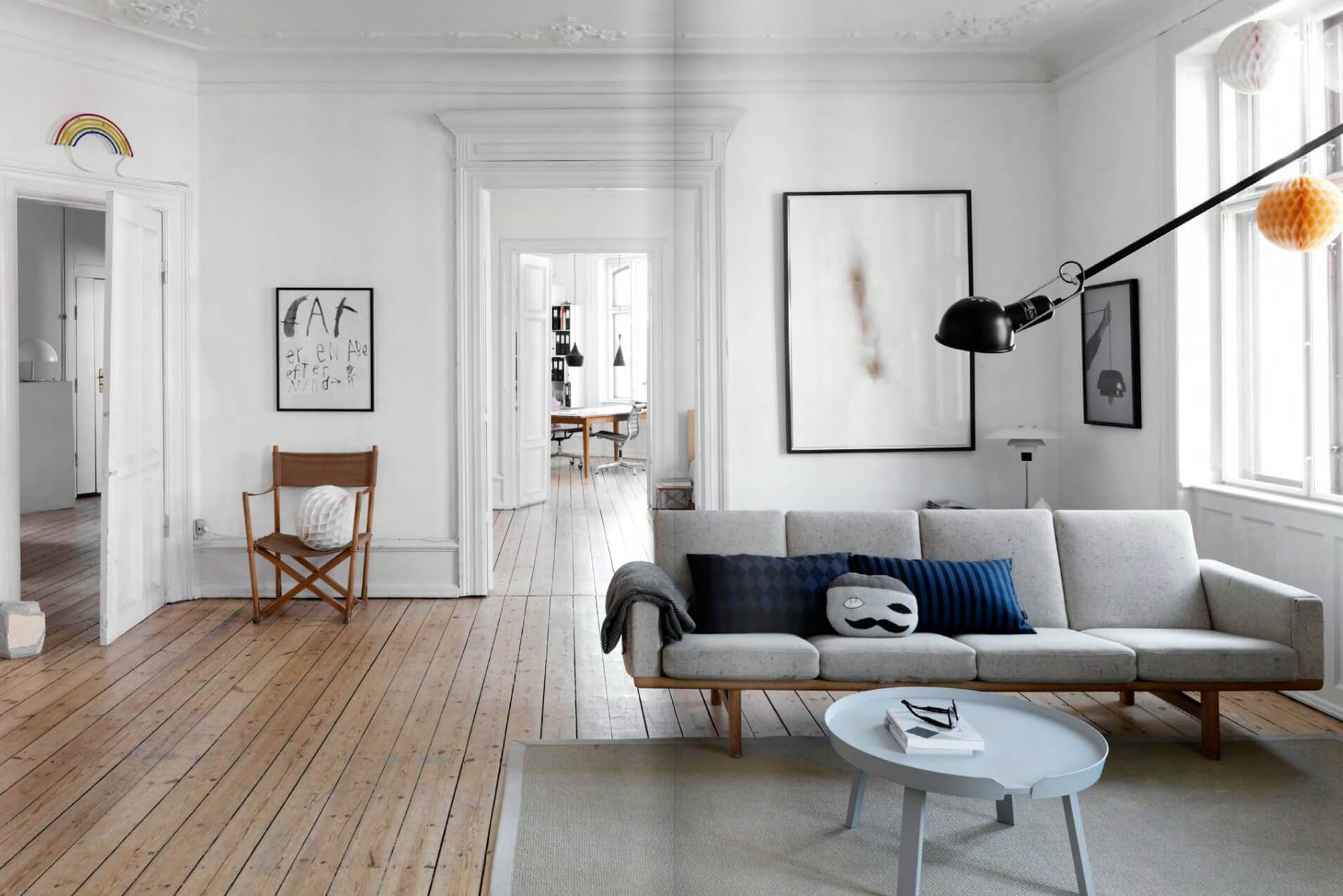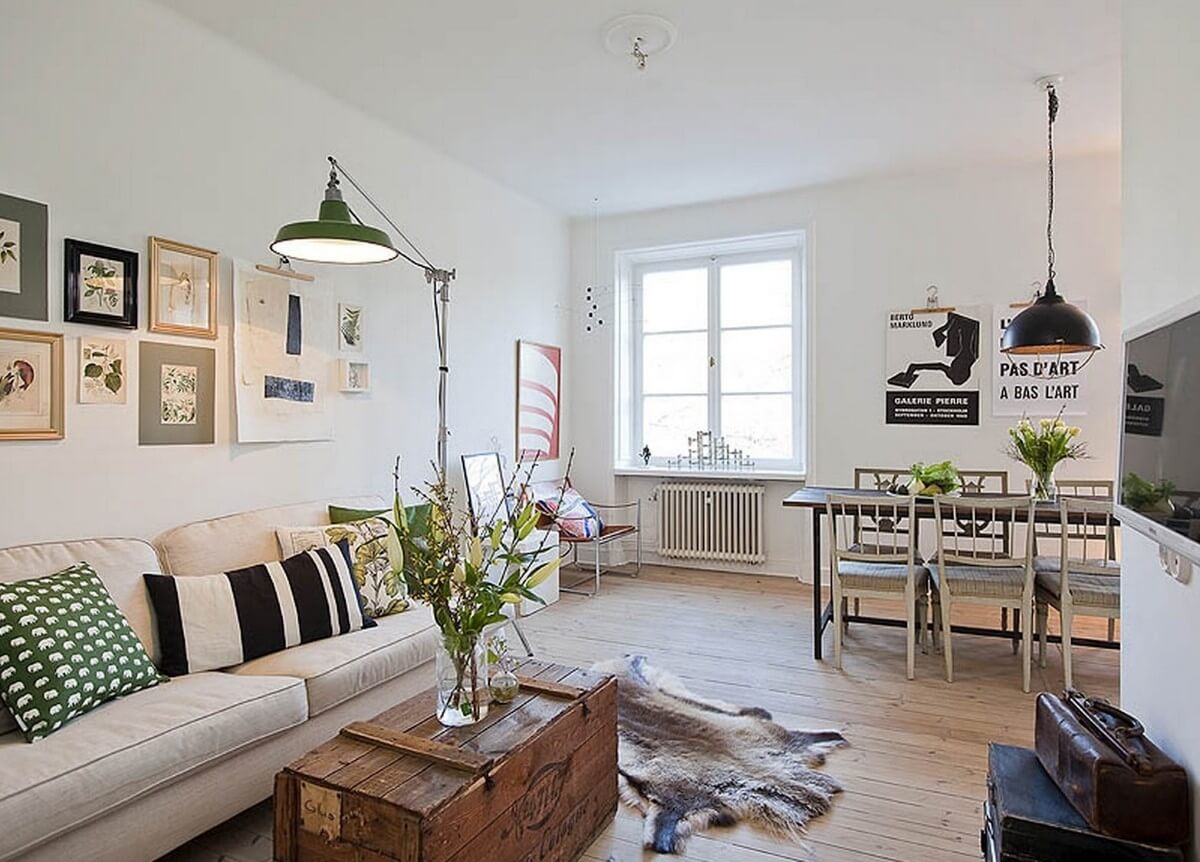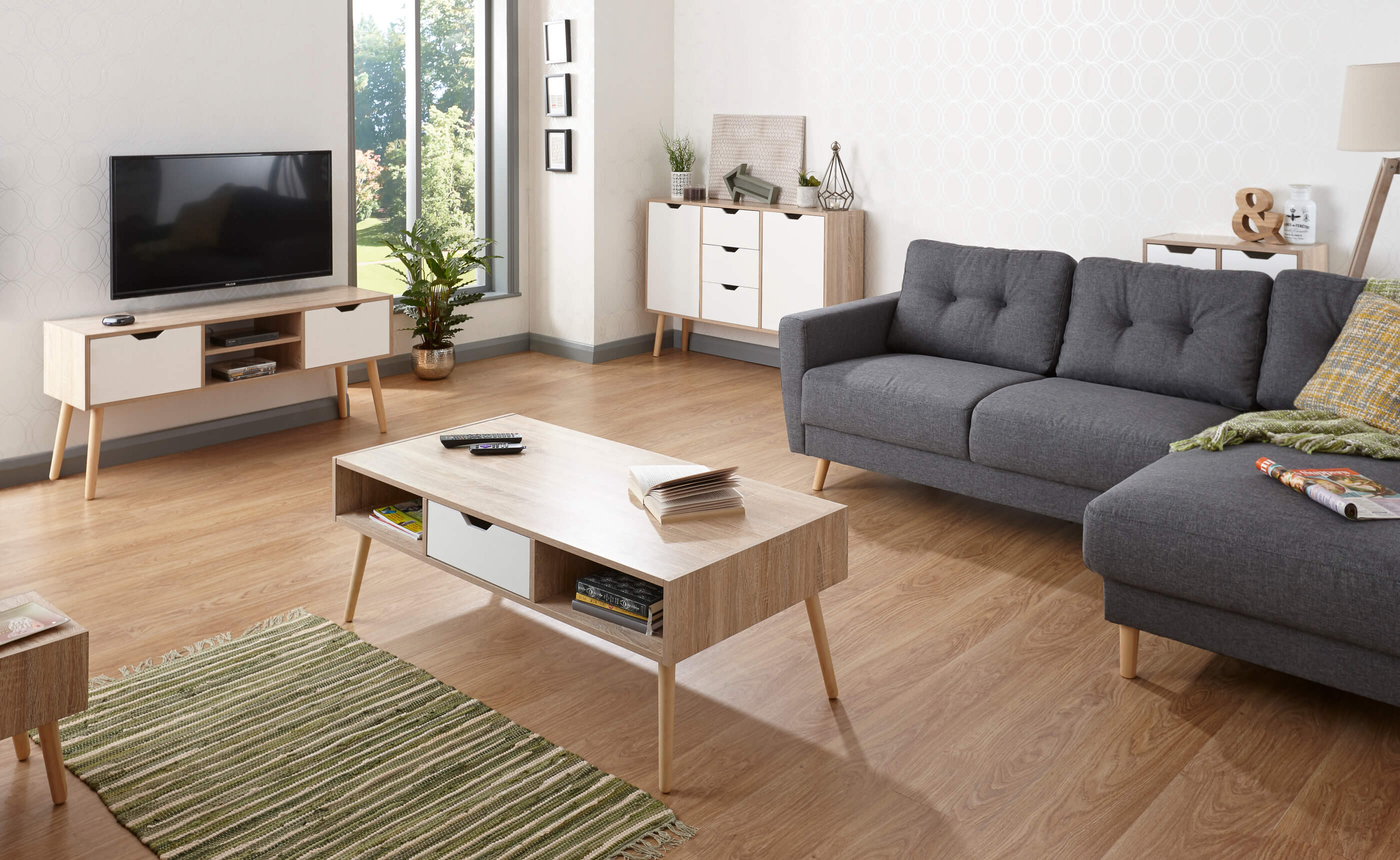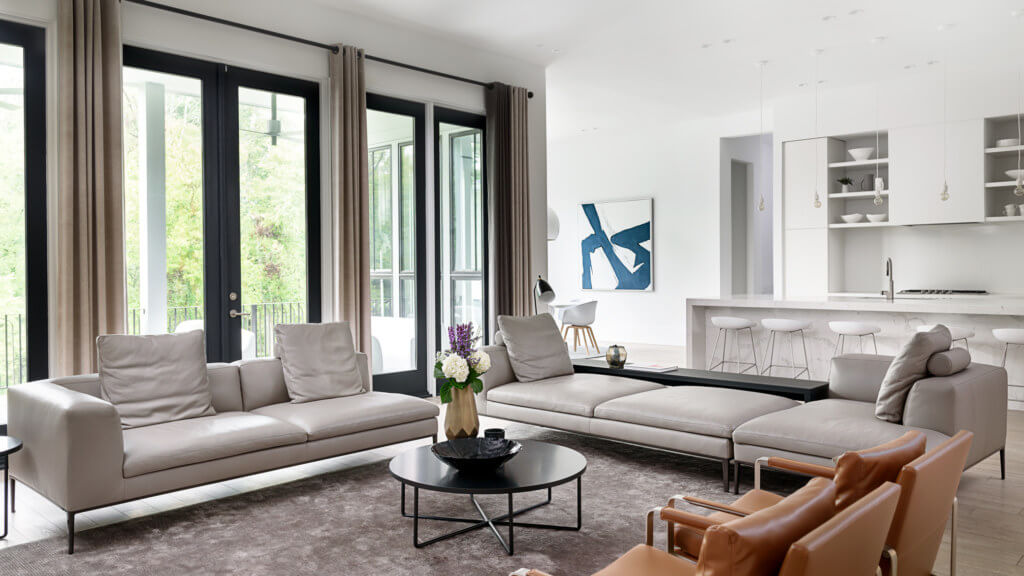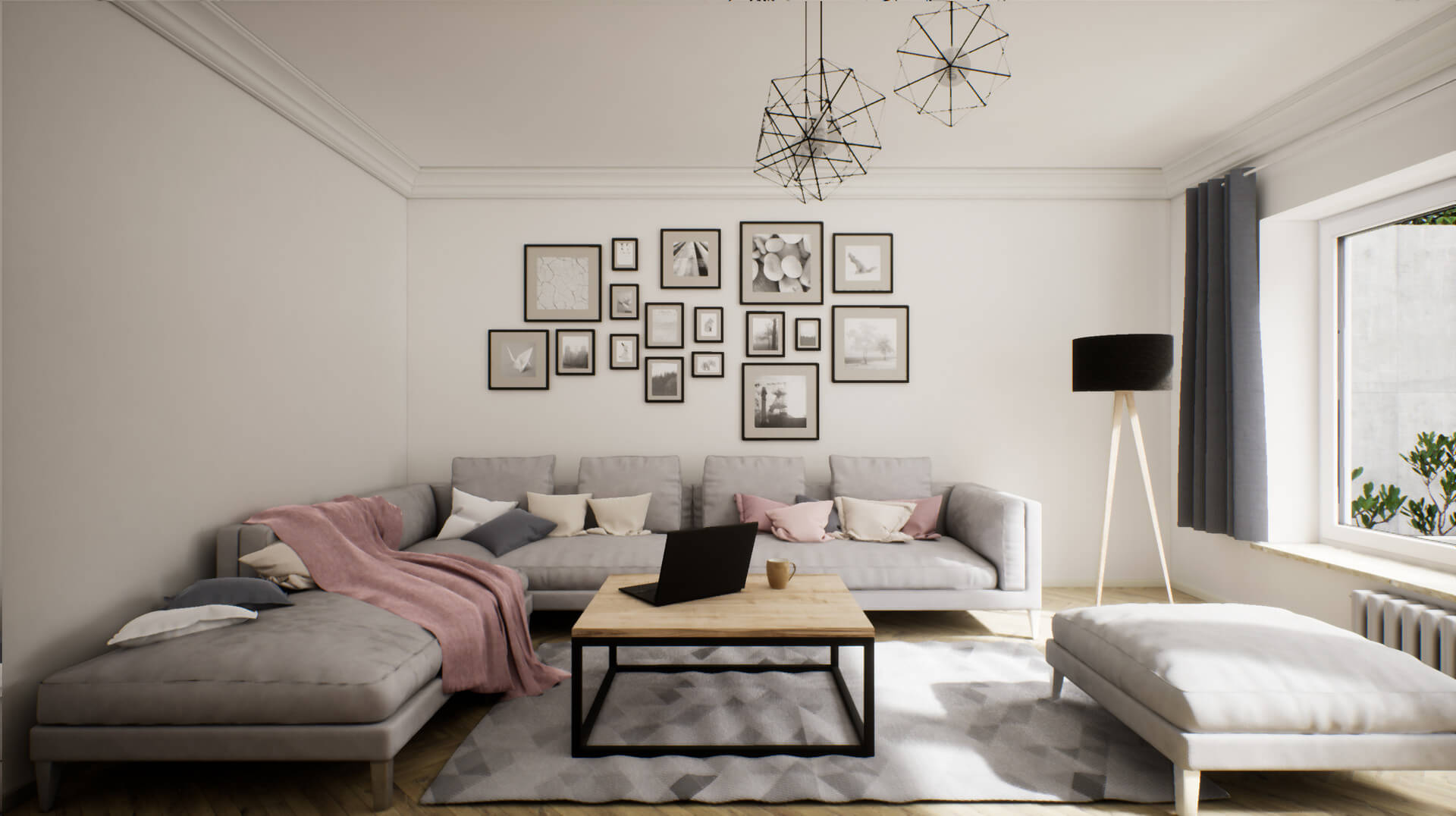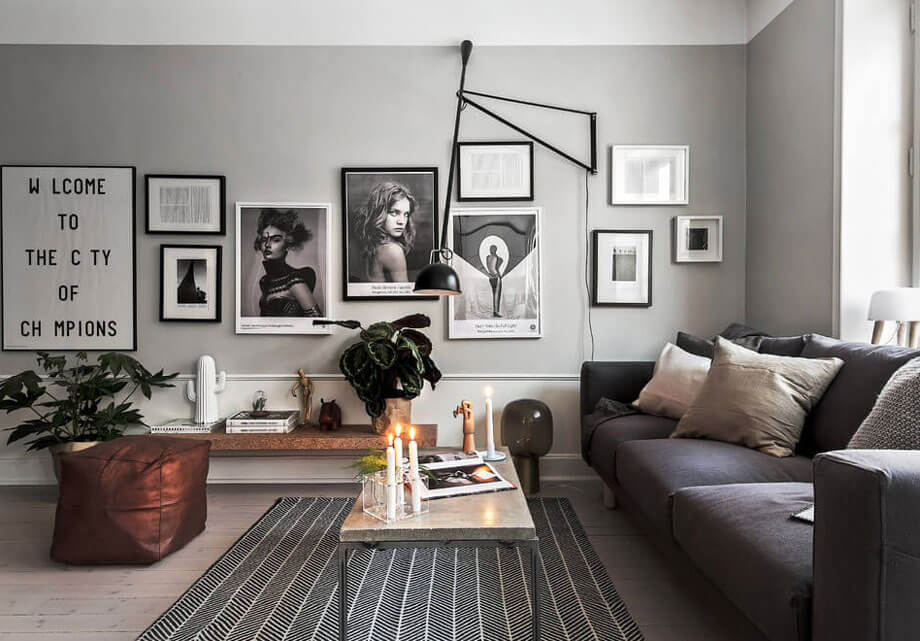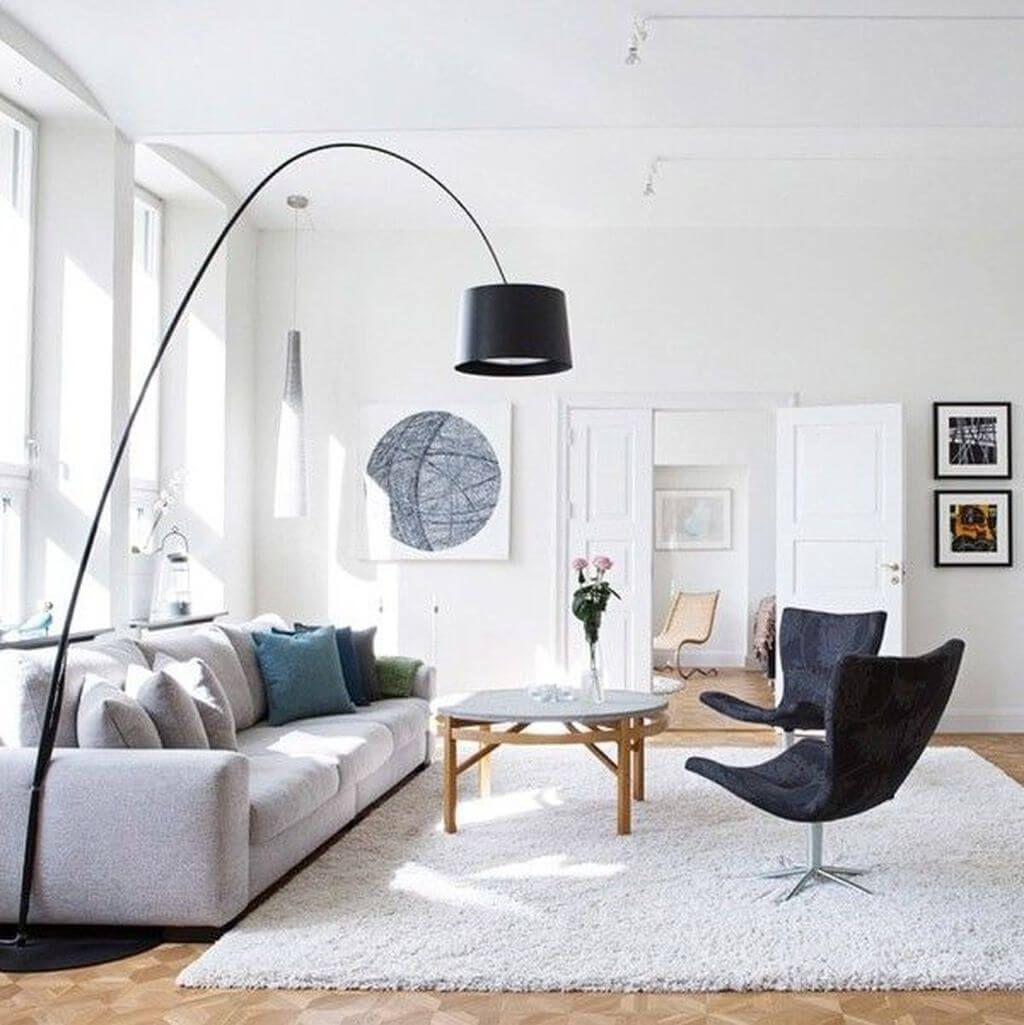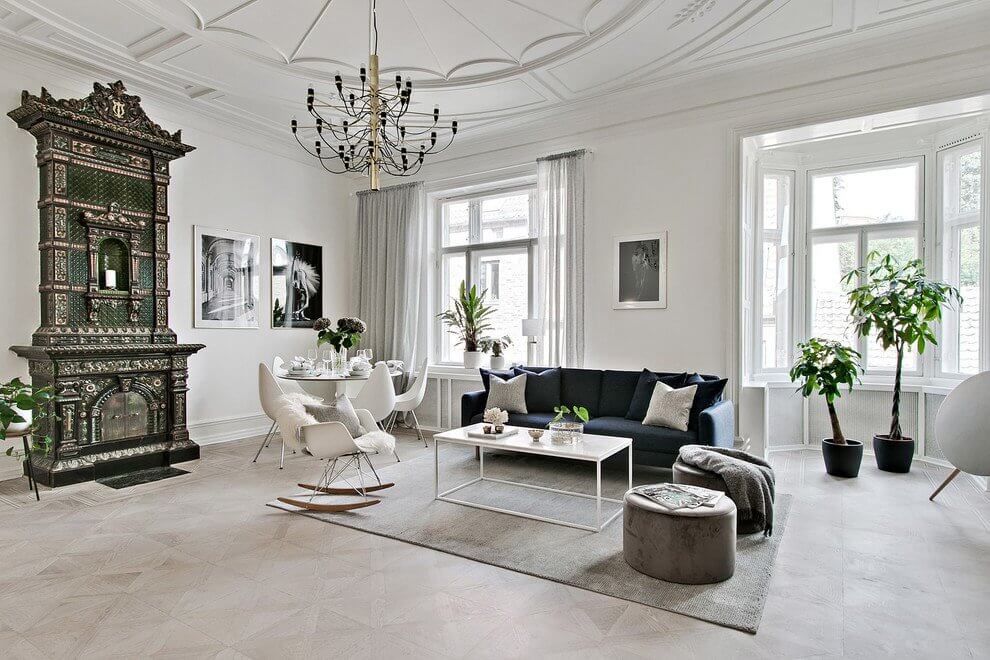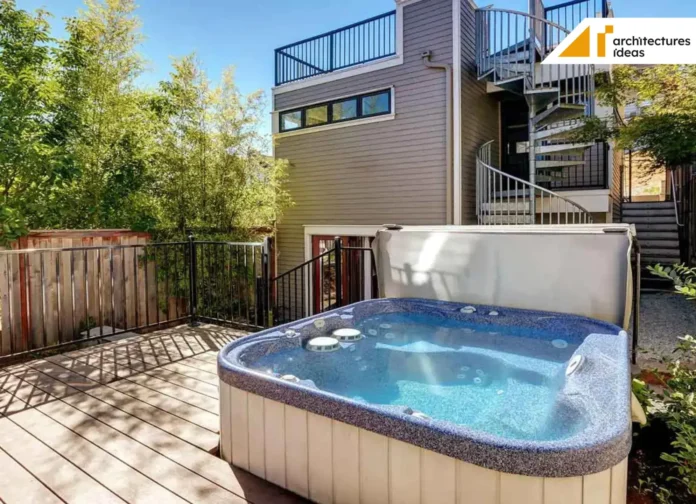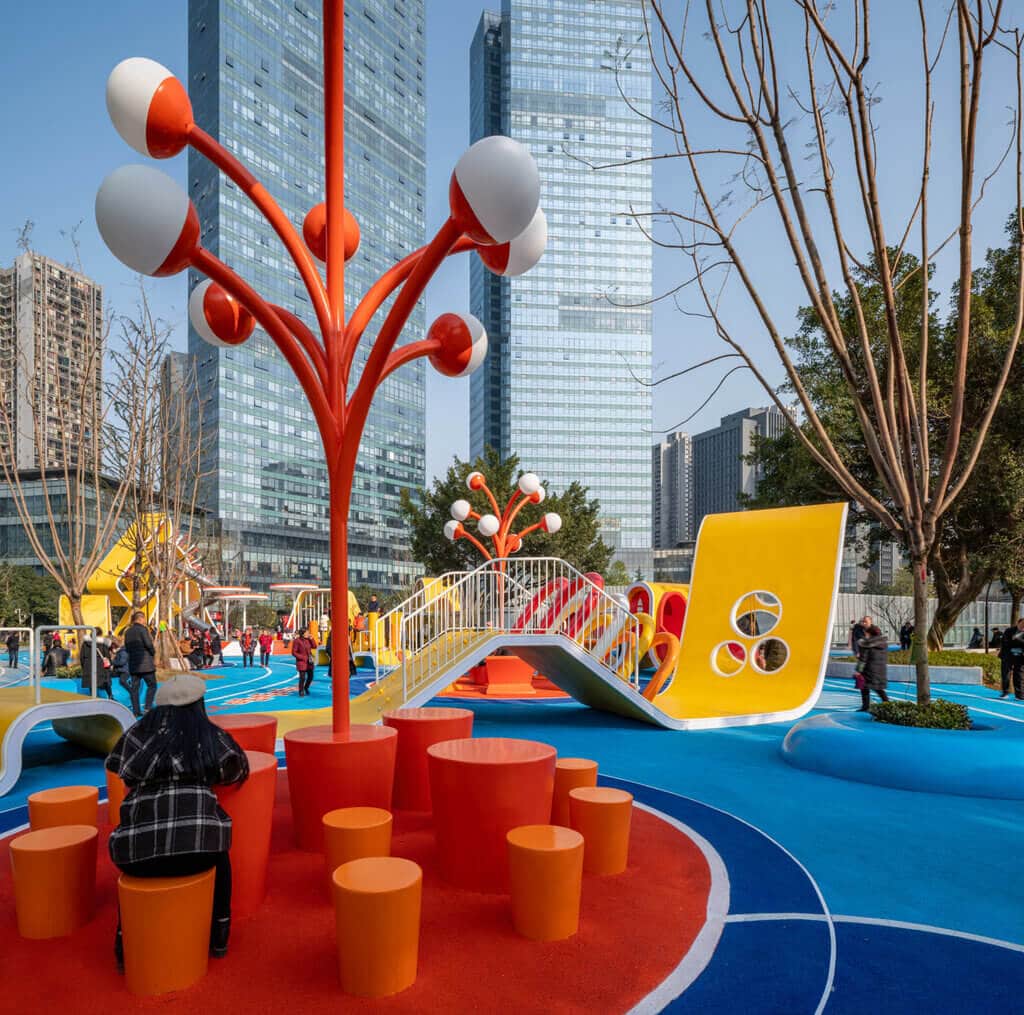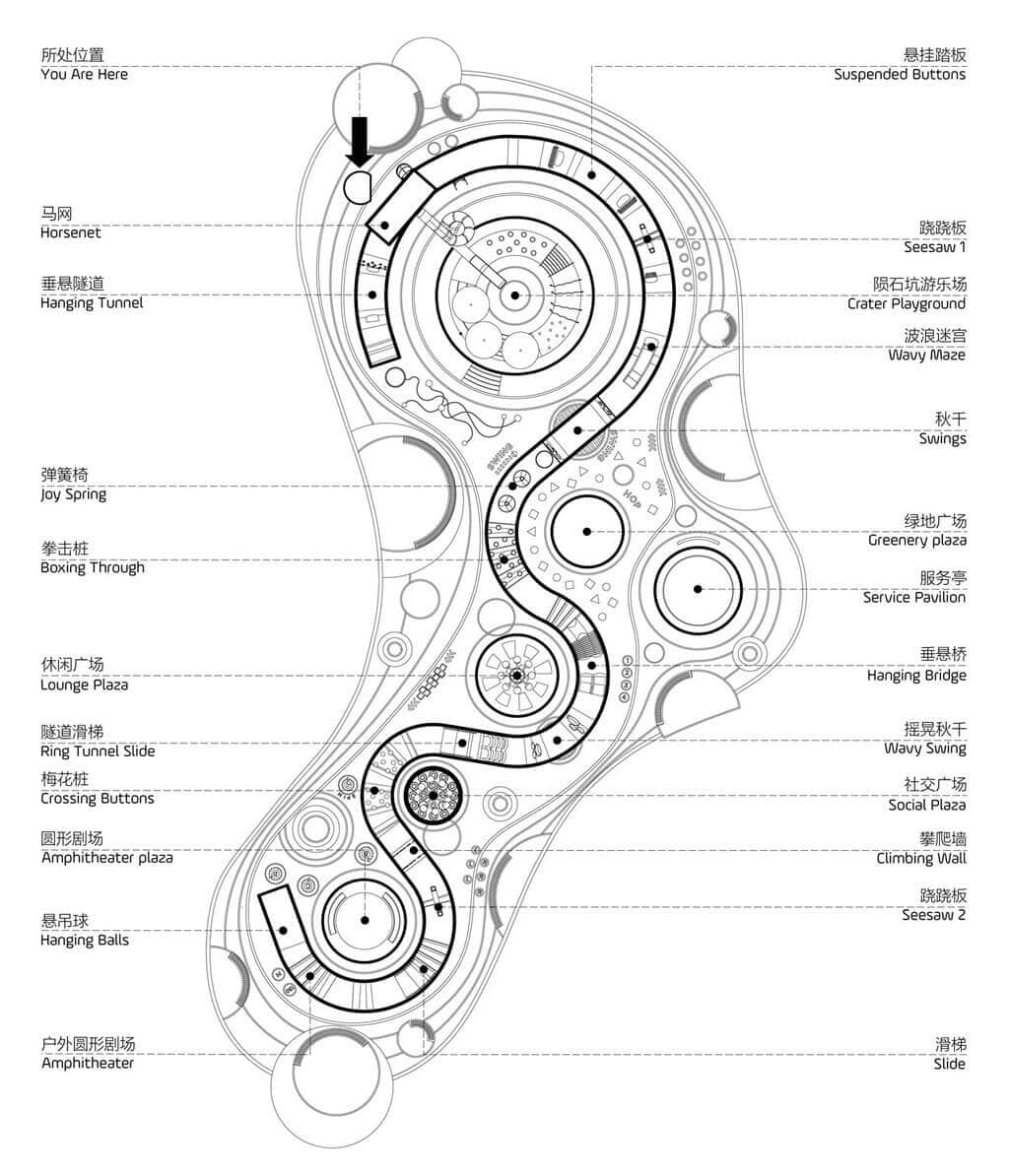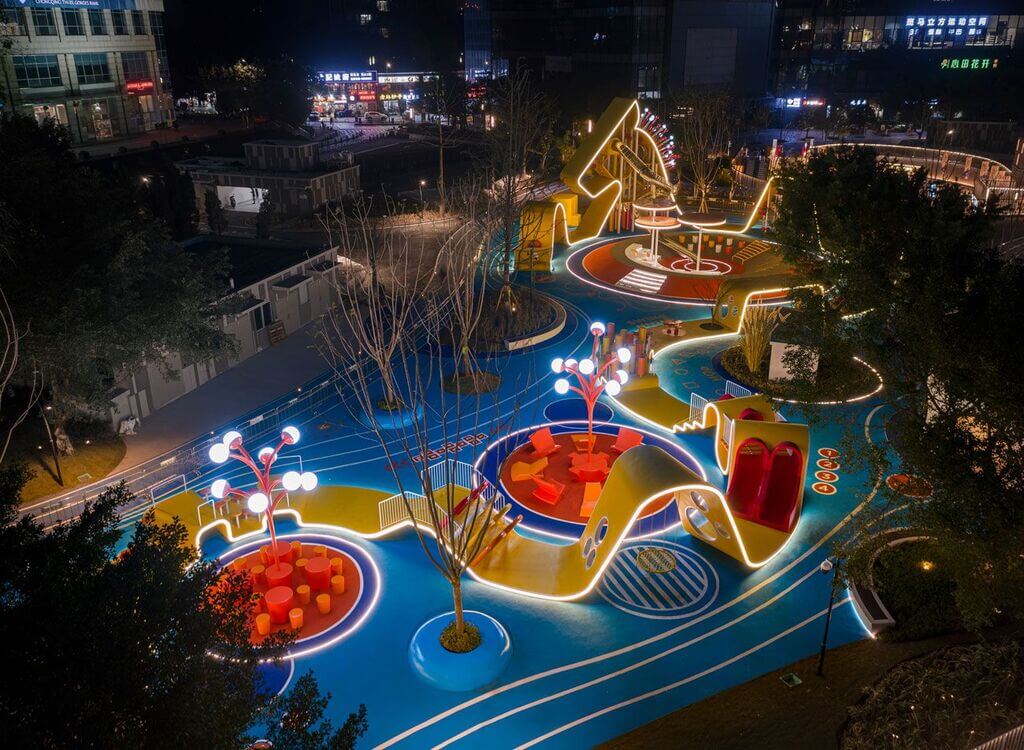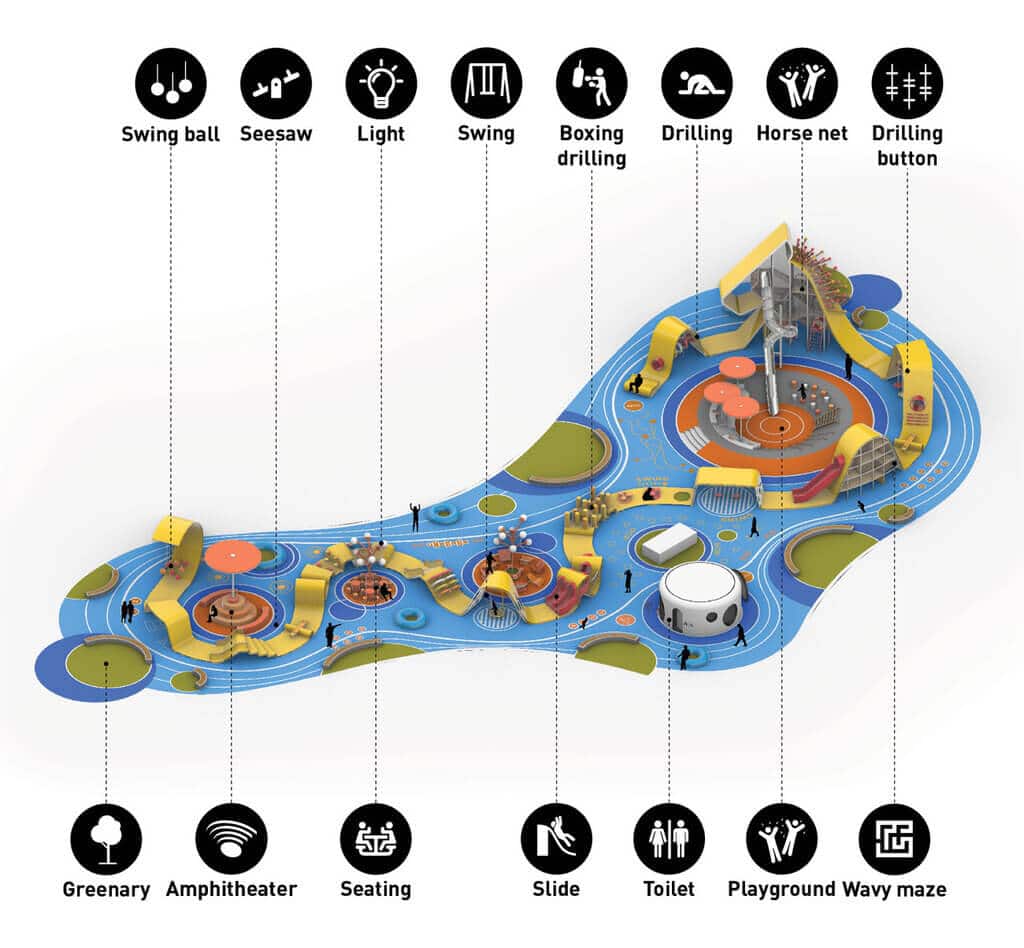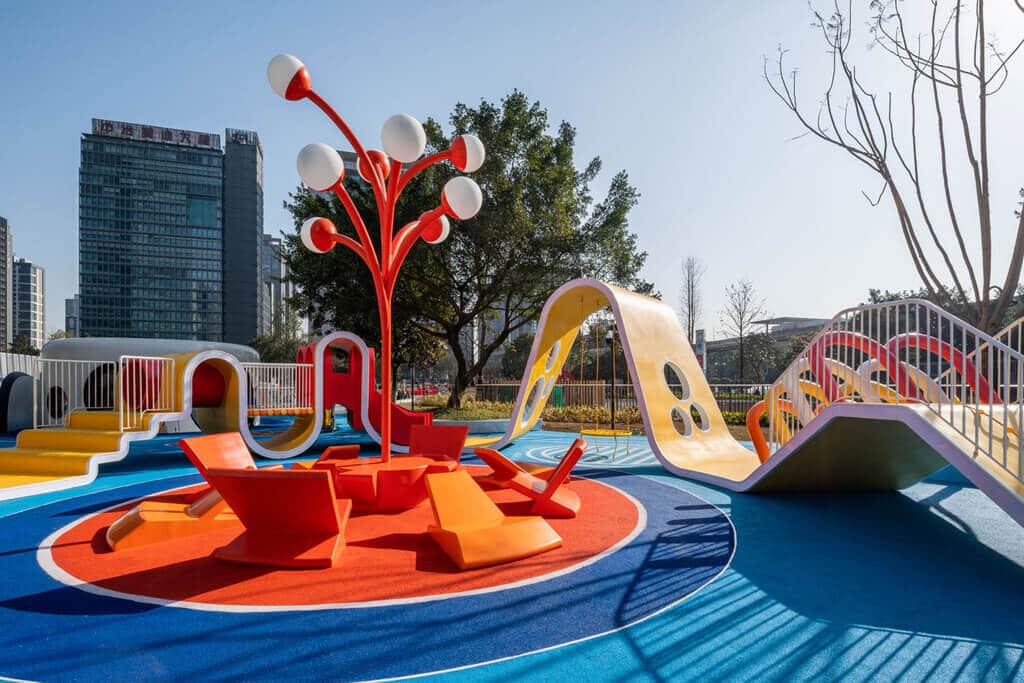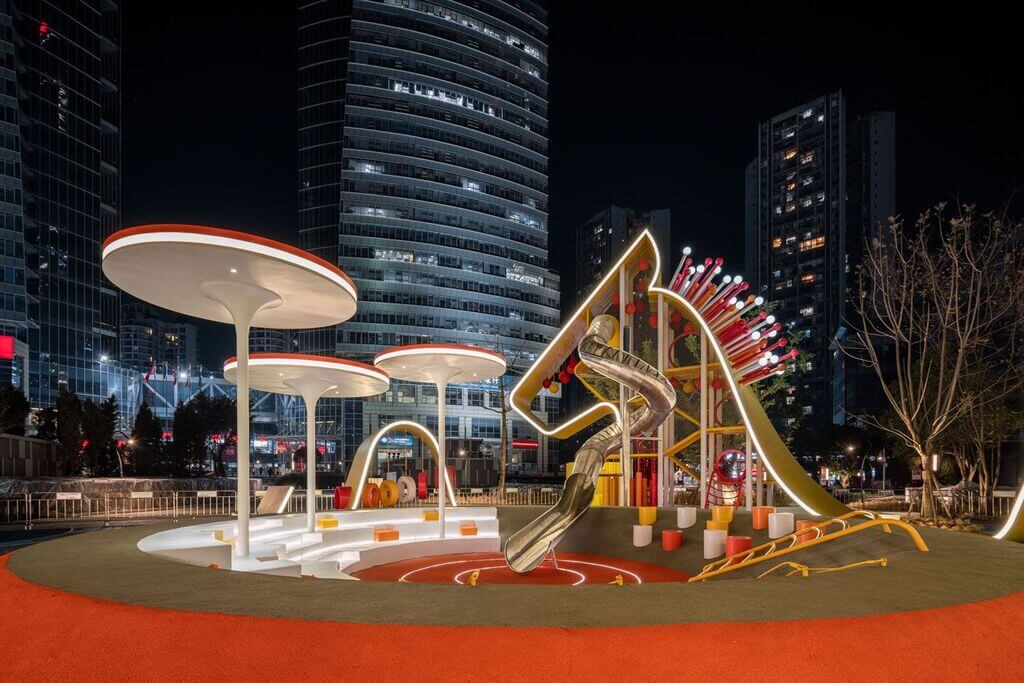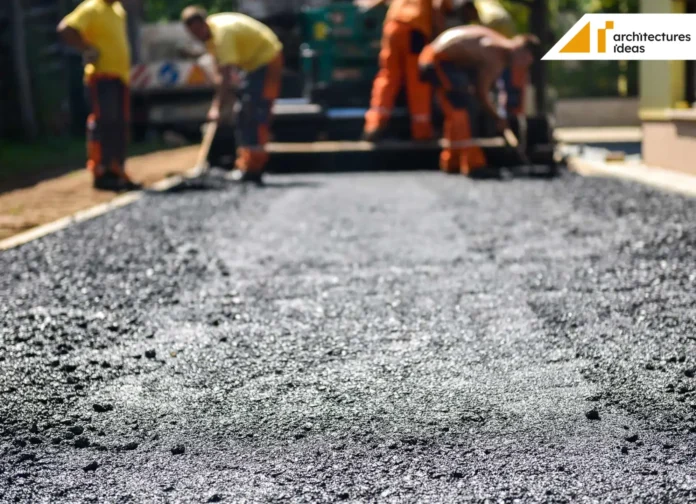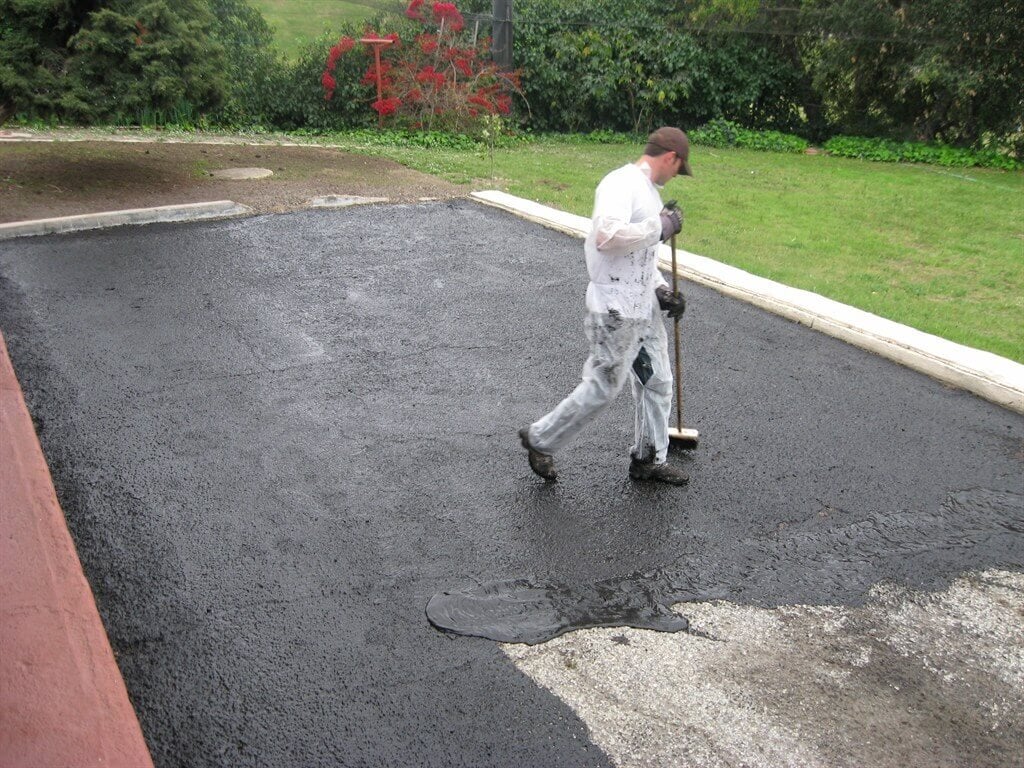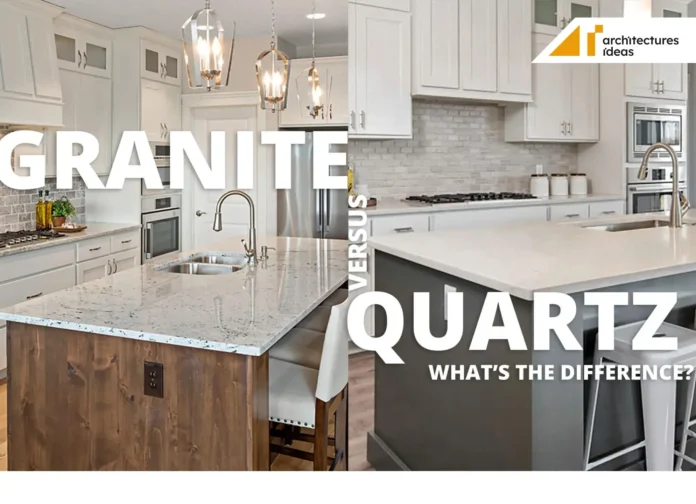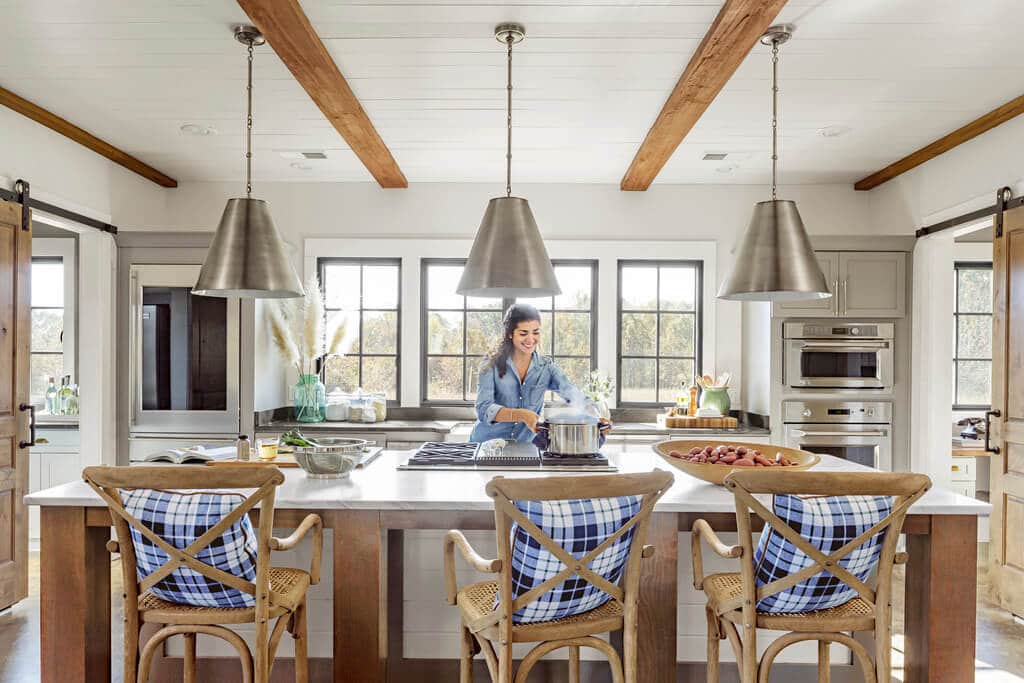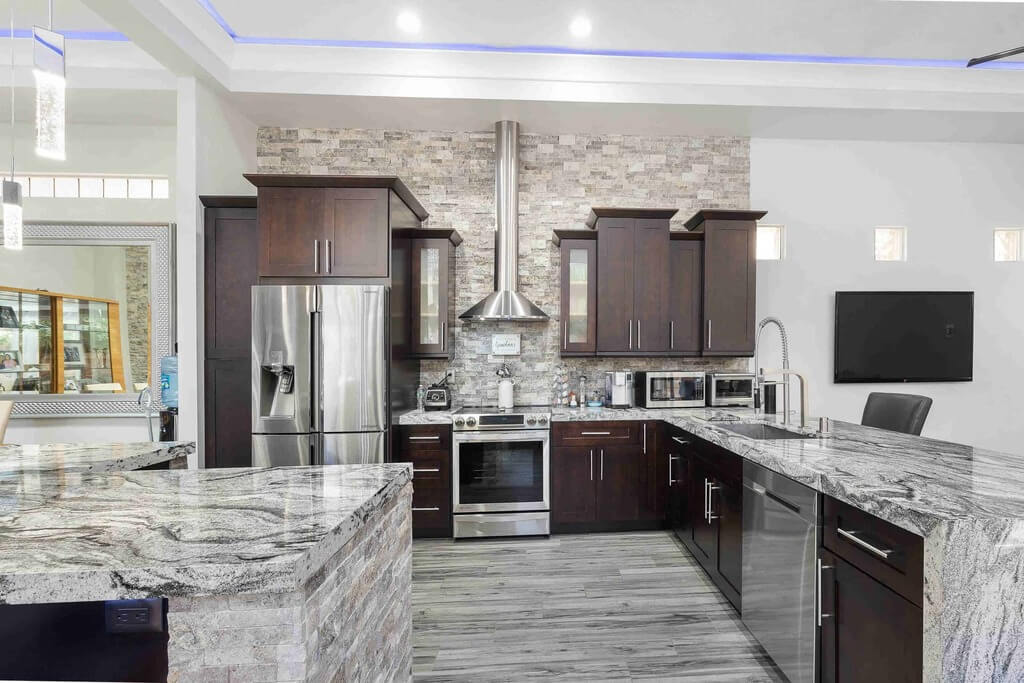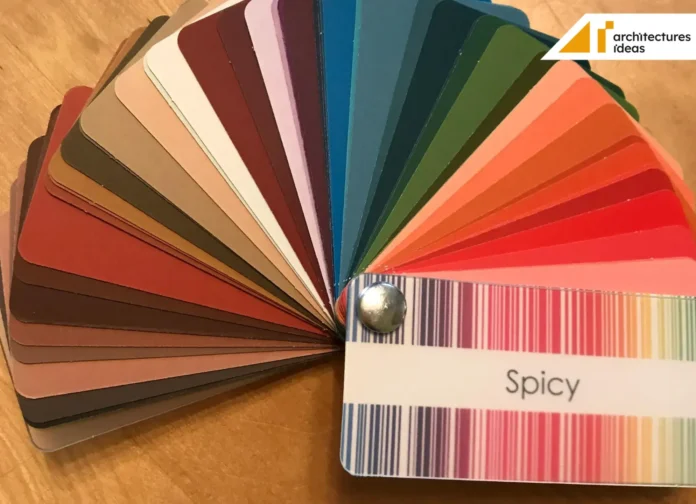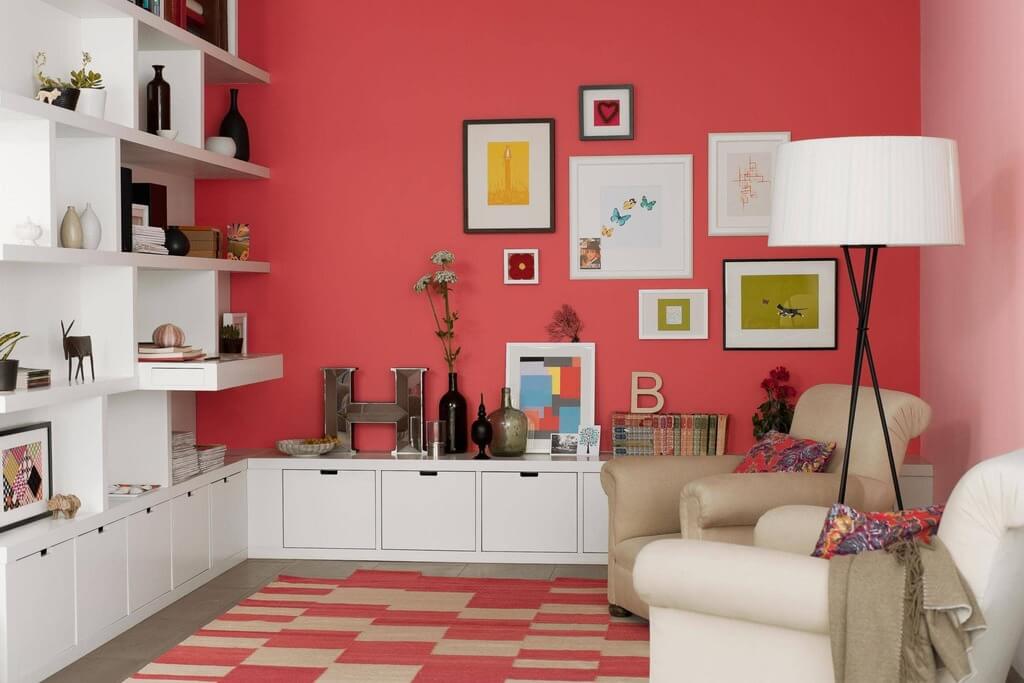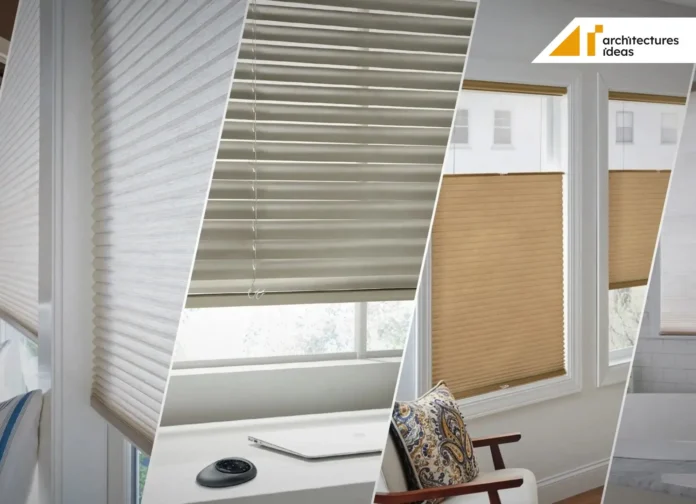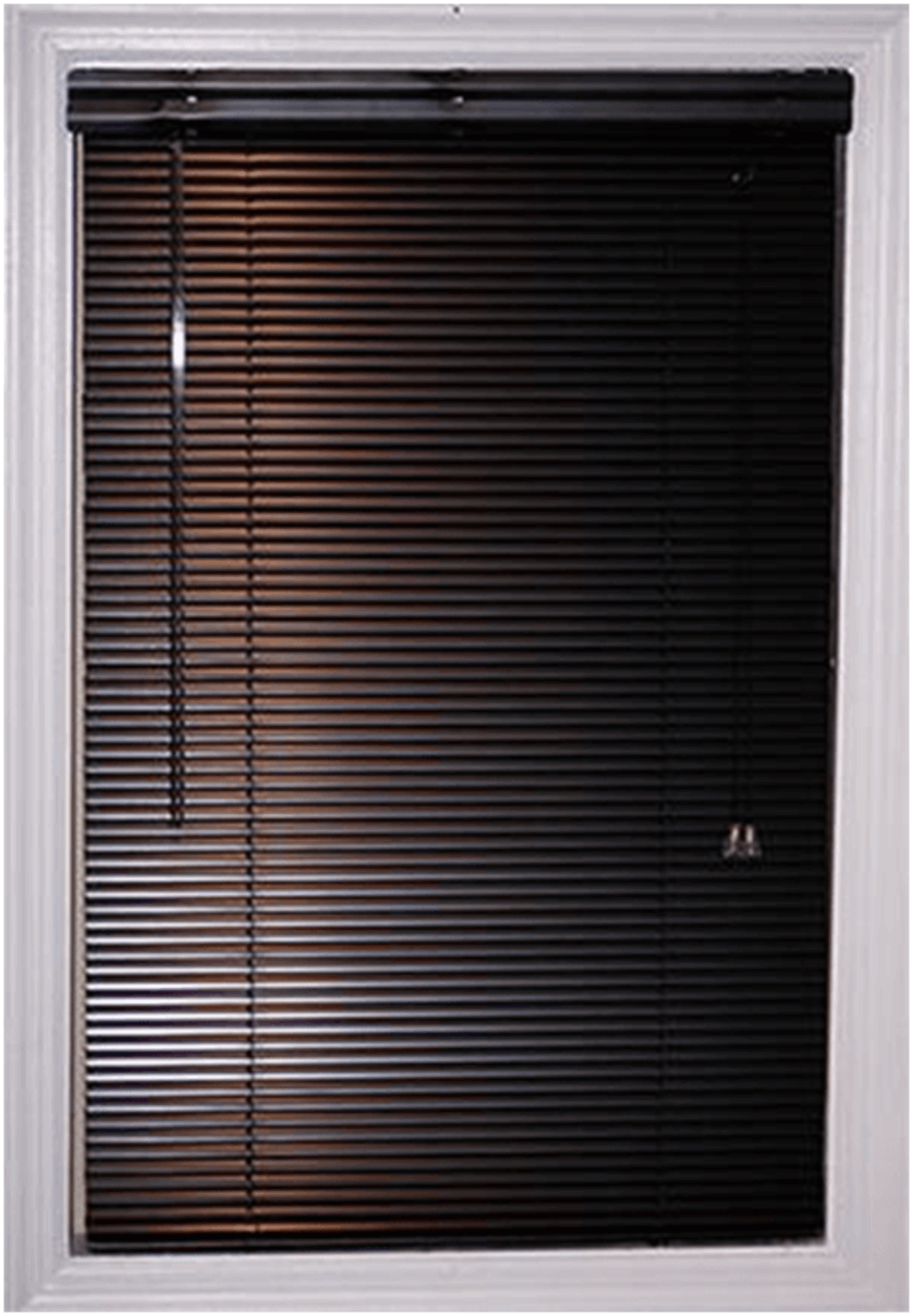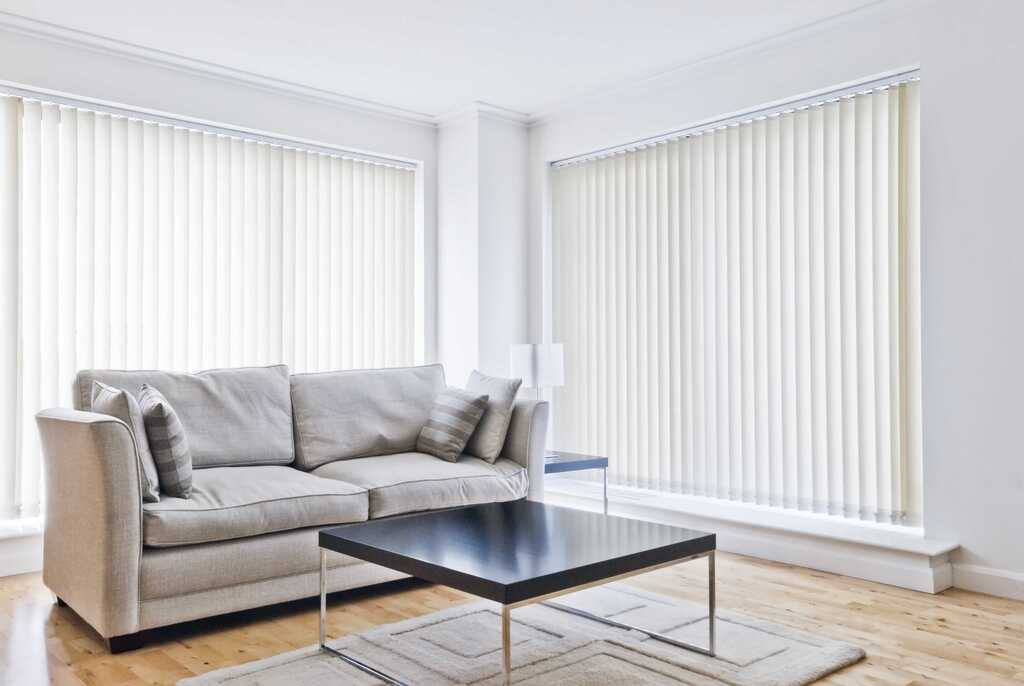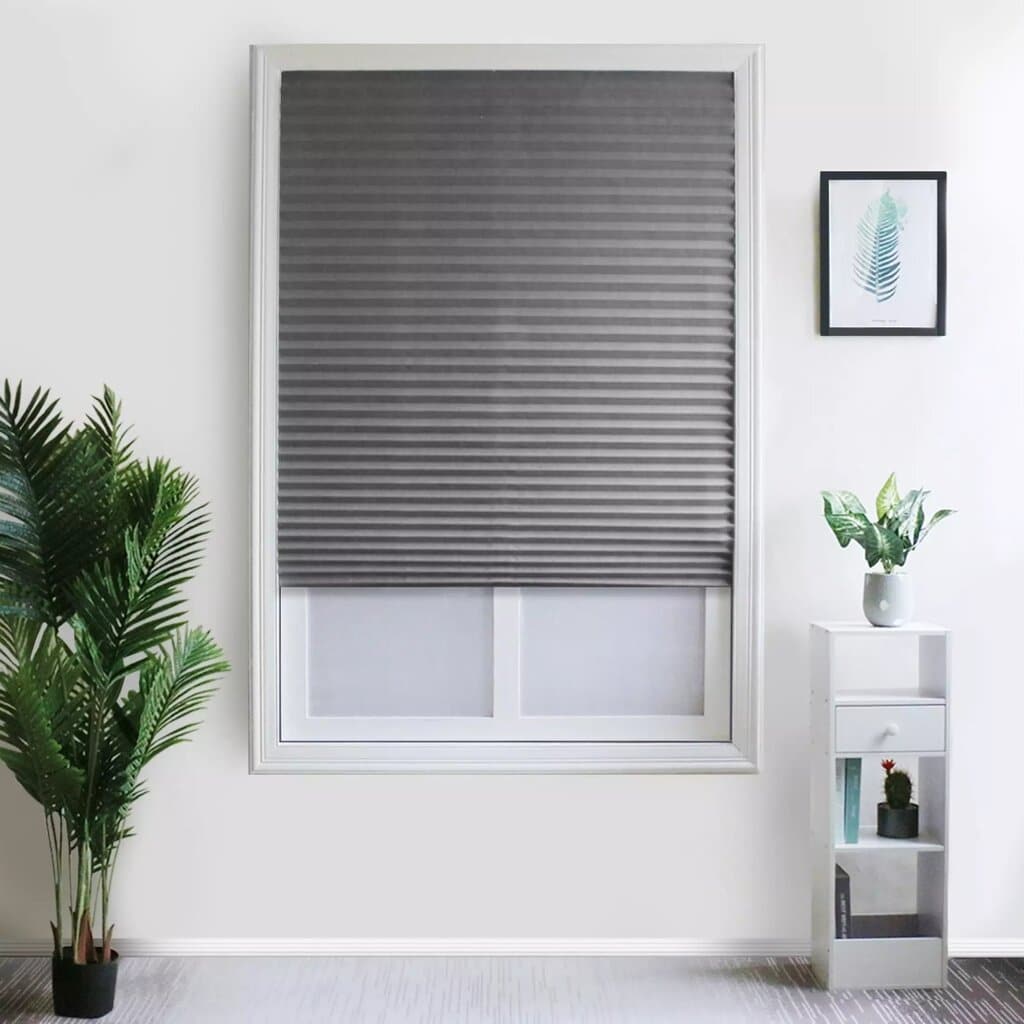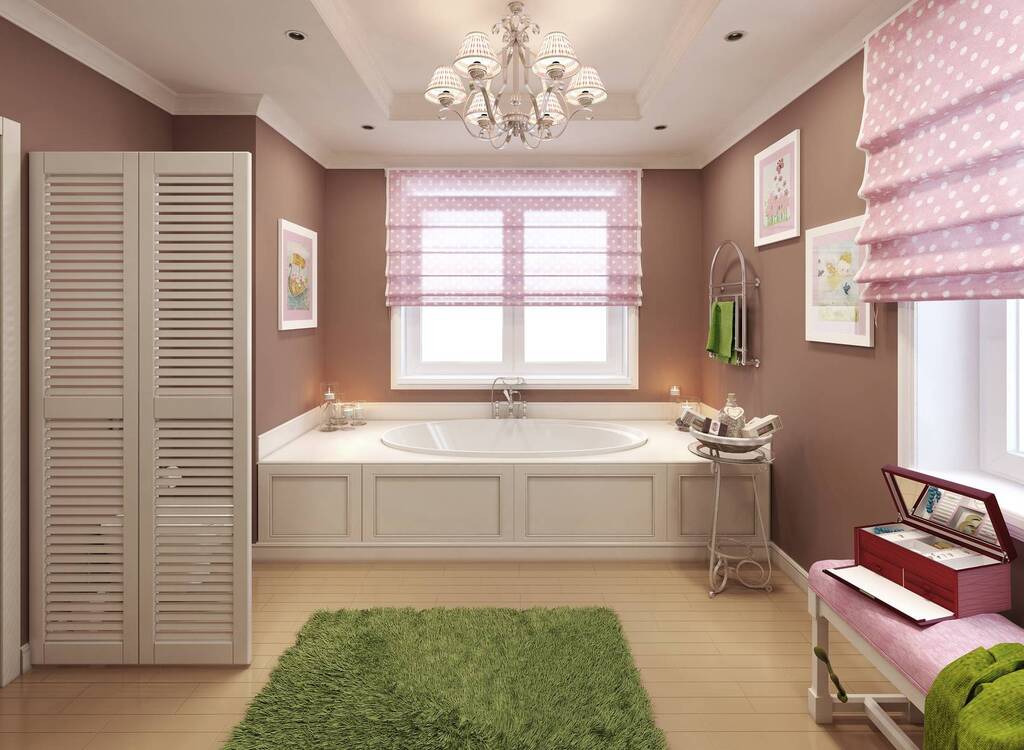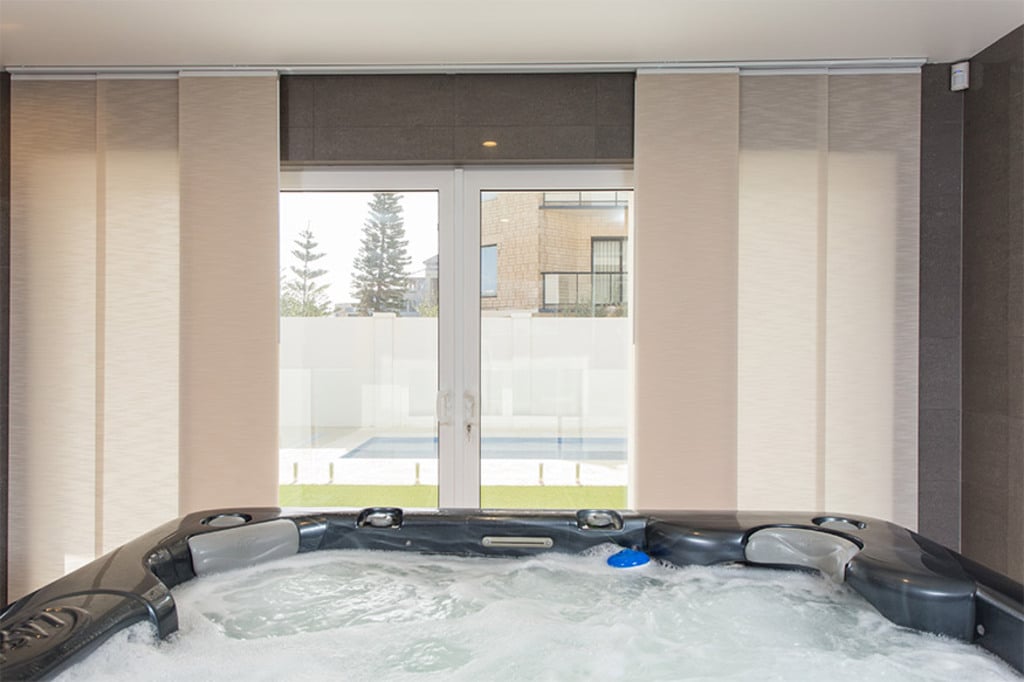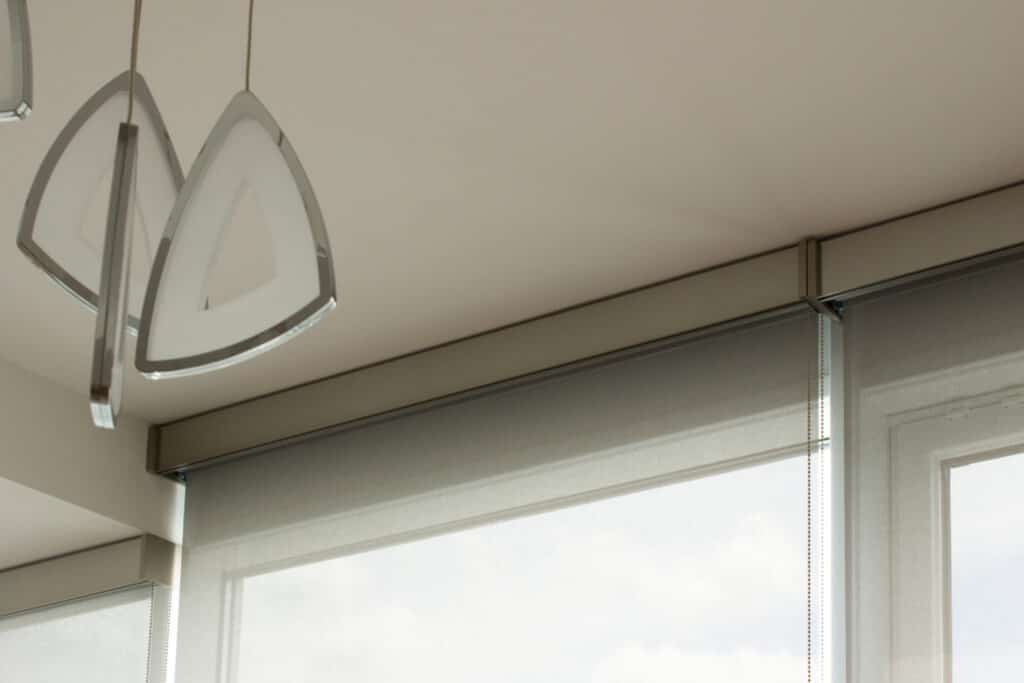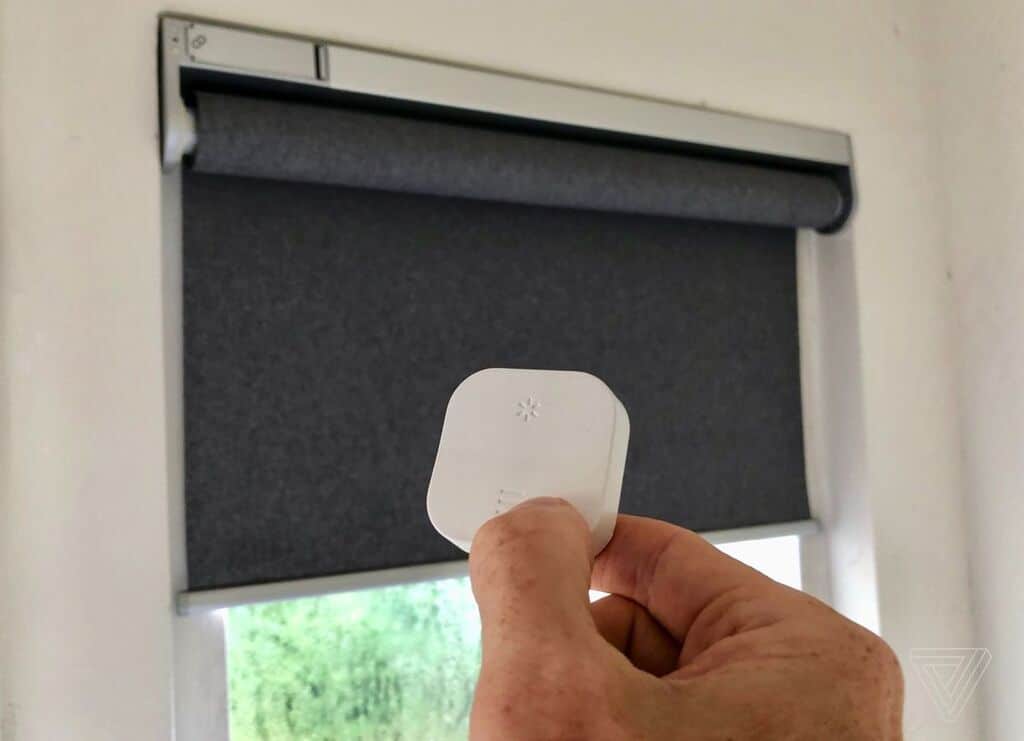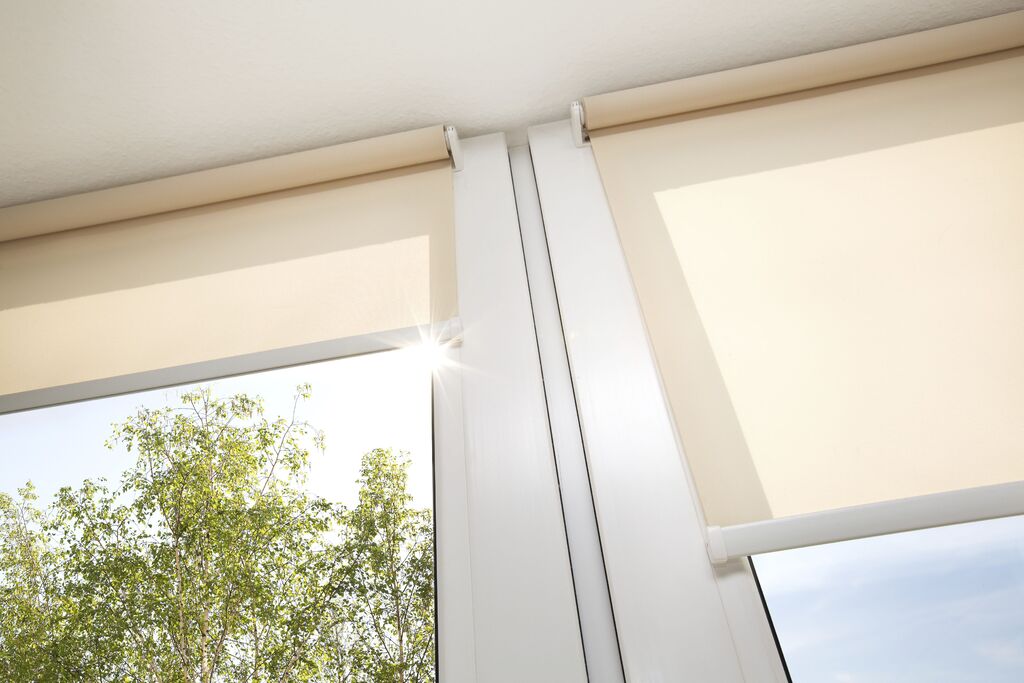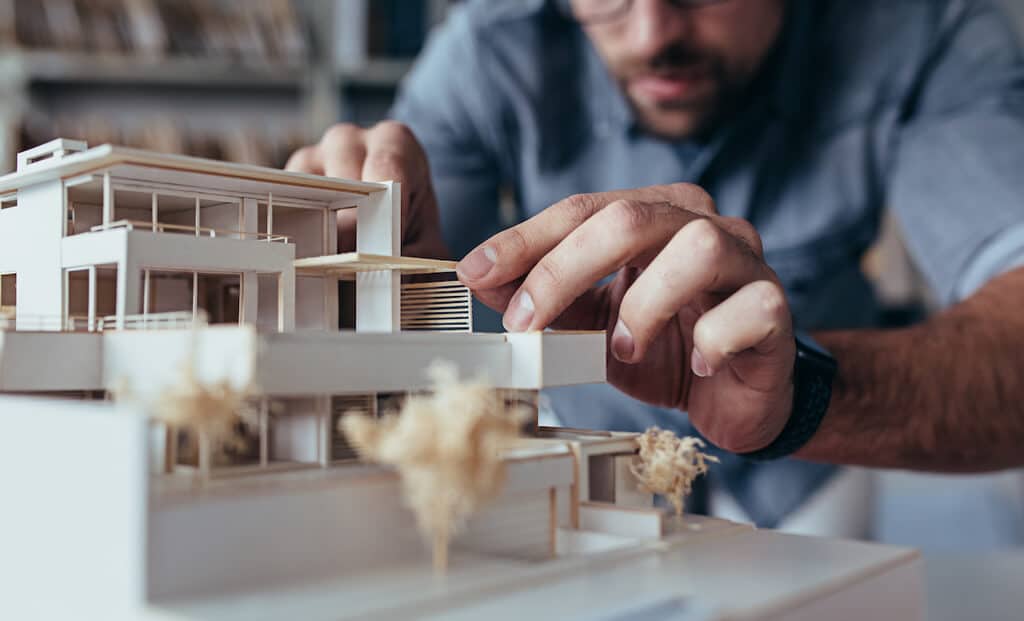According to Total Bird Control, thousands of pounds are spent each year by business owners trying to repair the damage caused by birds and cleaning up the mess their droppings make. The cost of this persistent annoyance is significantly greater than the cost of routine property repair. This habit of birds building nests and leaving droppings can cause major problems such as falls, electrical fires, and unhygienic conditions. These are just a handful of the many risks that come with birds nesting on commercial properties.
Bird droppings can ruin your reputation, erodes structural components, and increases the chance of slips and accidents, which can result in a costly lawsuit. Birds are also known to carry more than 60 diseases, making their eradication essential for maintaining a safe and sanitary working environment. If not addressed promptly, the problem can result in pricey settlements as well as major health risks.
Why is Bird Control Important For Commercial Spaces?
Birds can bring a very unpleasant environment for working, therefore, it is very important to keep them as far as possible. Let’s take a look at the importance of having bird control at your business place.
- Bird droppings are very acidic and can harm everything from paint and cement to wood and metals, causing irreversible damage to important equipment, rooftops, and walkways.
- Birds can block components and cause fires when they become stuck in HVAC ducts or entangled in machinery.
- Foodborne infections and regulatory action are possible as a result of bird contamination of food goods.
- Customers, visitors, and employees will be put off by nesting materials and bird droppings in commercial locations.
- Businesses that spend time and money cleaning bird droppings daily may feel like they are done with the problem but on the other hand, they are also exposing their workers to the diseases that come with these birds.
- Flooding can occur when nesting materials clog gutters and drains.
- Bird droppings and nesting materials discovered in storage facilities, food processing industries, and restaurants can result in substantial penalties, legal action, and even the closure of the facility.
- Bird droppings are slick and might pose a safety risk to your personnel and consumers.
- Infectious bird droppings can violate health rules, resulting in penalties, lawsuits, and legal action in some businesses.
- You are losing money if your output has to be slowed, postponed, or stopped due to bird influence. Employees should avoid working in locations where bird droppings have accumulated, as this can result in shutdowns.
- Working in an environment where birds are swooping and creating a lot of noise can be distracting and bothersome, something that your staff can not appreciate and it’s also bad for the visitors that come to your company. This can also have an impact on productivity.
Safe and Humane Methods of Controlling Bird Infections
Total Bird Control is a professional bird control service that offers safe, effective, and viable solutions for all types of bird problems. If you want to turn things around and be on the safe side, get in touch with our team and we can help you prevent health hazards, property damage, cleanup expenses, expensive equipment repairs, health code violations, work stoppages, and clogged drains. The following are the most often utilized bird exclusion methods:
1. Bird Netting
Birds are compassionately excluded from undesirable areas such as eaves, canopies, and gardens by using the netting as a physical barrier. There are a lot of things that come along with netting, it helps keep birds from breeding and roosting all year and protects any desirable site from getting ruined by their droppings and the noise they make.
2. Shock tracks
Shock tracks are a simple way to keep birds out of any place, and while they may appear to be a harsh alternative, they are a safe and compassionate technique to scare birds away. When the birds land on any surface, they give off very minor electric shocks. Shock tracks can be quietly put, tacked, or glued to any flat or curved surface, including parapet walls, eaves, beams, ledges, and rooflines, and are non-harmful yet highly effective in driving birds away from an area.
3. Bird spikes
Bird spikes are the most effective approach to prevent birds from landing. Spikes effectively form an anti-roosting, anti-nesting, and anti-perching zone into which even the most obstinate bird species are unable to enter. They are meant to fit in with their environment and do not damage anything. Security cameras, signage, parapet walls, ledges, above windows, and light posts are all places where bird spikes are commonly employed.
4. Flash tape and chemical repellents
With movement from the wind and sunshine reflecting off the Mylar tape surface, reflective flash tape chases birds away.
Bird Control is Not Easy Without Professional Help

Trying to control birds on your own can be stressful and time-consuming for your warehouse management. This is because bird control is more difficult than merely chasing them away. After all, you can chase them, yes, but they continually return.
To permanently deal with this problem, you need to hire a professional.
Which Bird Species Are Pests?
Several birds are pests and can cause a lot of trouble in different environments. Let’s take a look at some of the bird species that are known to be pests around commercial areas.
Pigeons
Pigeons can congregate in large flocks on building ledges and roofs, for a business place or a workplace this can be frustrating. This is a trait inherited from its cliff-dwelling wild ancestor, the rock dove. Their excrement, especially limestone and calciferous sandstone, can accumulate and damage construction materials. A fungus that grows in feces corrodes the stone, making the surface porous to water, which then freezes and breaks the stone. Many historic structures in cities like London are made of porous stone.
Starlings
At night, vast flocks of starling’s roost atop buildings, polluting the structures and nearby regions with their droppings. They will make their nests in cavity-like areas such as drainpipes, gaps in walls, and ceilings inside and around structures. They eat grains, waste food, insects, seeds, and berries as well as grains.
House sparrows
House sparrows frequently build their nests in huge facilities that store or process food, such as factories and warehouses. They make big, filthy nests out of grass and leaves, and their droppings and nesting material contaminate surfaces and items. Pecking to get to the contents of packed goods can also cause damage.
Gulls
Gulls are a plague in many coastal towns around the world. They eventually realized that roofs were safe predator-free nesting grounds and that cities offered a variety of food supplies.
Herring gulls prefer to build their nests on the rooftops of houses, where their continual calling is a nuisance. The smaller black-backed gull, according to the RSPB, loves industrial structures with flat roofs. Gulls produce less fouling than pigeons, but their droppings can deteriorate roofing materials, and nesting material can accumulate on rooftops and clog drains.
Gulls are abundant at waste sites in the United Kingdom, and they have been spreading inland in recent years. Wildlife law may protect them; in the United Kingdom, all species are protected, and destroying nests or birds requires a permit.
House Myna or Indian Myna
In Australia, the United States, South Africa, and other nations, this is a major pest that has been imported. The IUCN lists the house myna as one of the top 100 worst global invasive species. It is a native of South and Southeast Asia. It can create large, noisy flocks and eats a wide range of foods from farms and cities. Mynas in buildings pose the greatest threat by constructing nests in roof areas and scavenging food from restaurants and stores.
Conclusion
If a few birds are coming to your commercial areas often, try to control them before they become a problem to your workplace and it can also save you from other health risks that may be brought by them.
For more information:


